
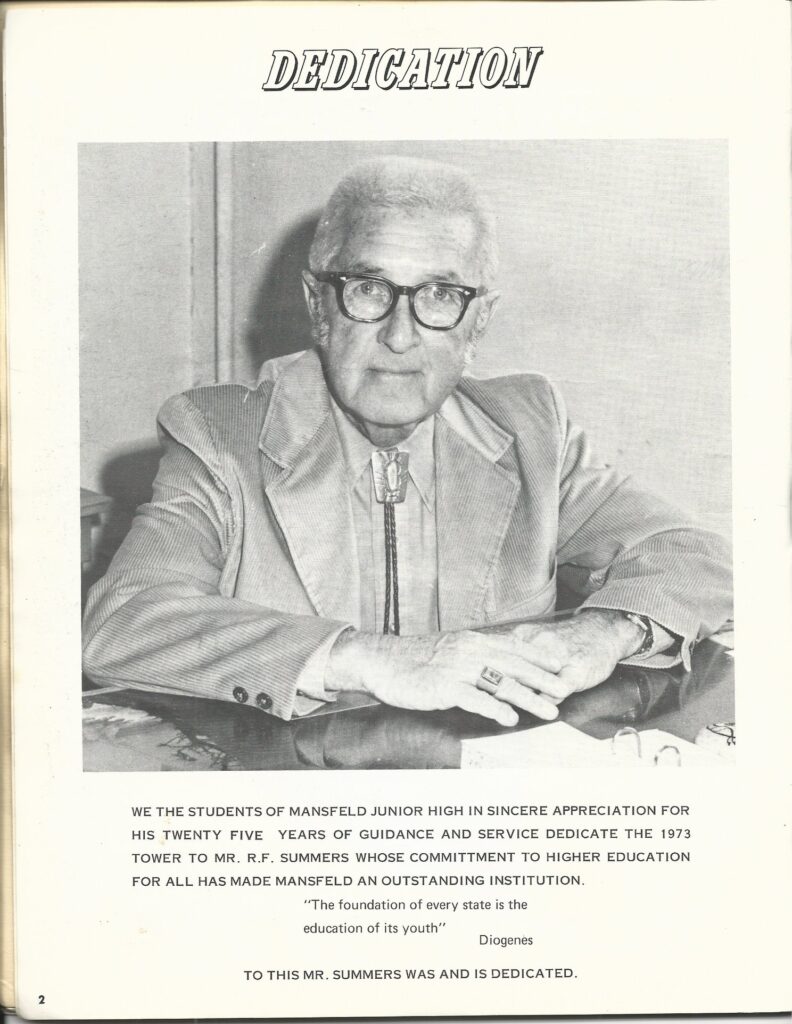

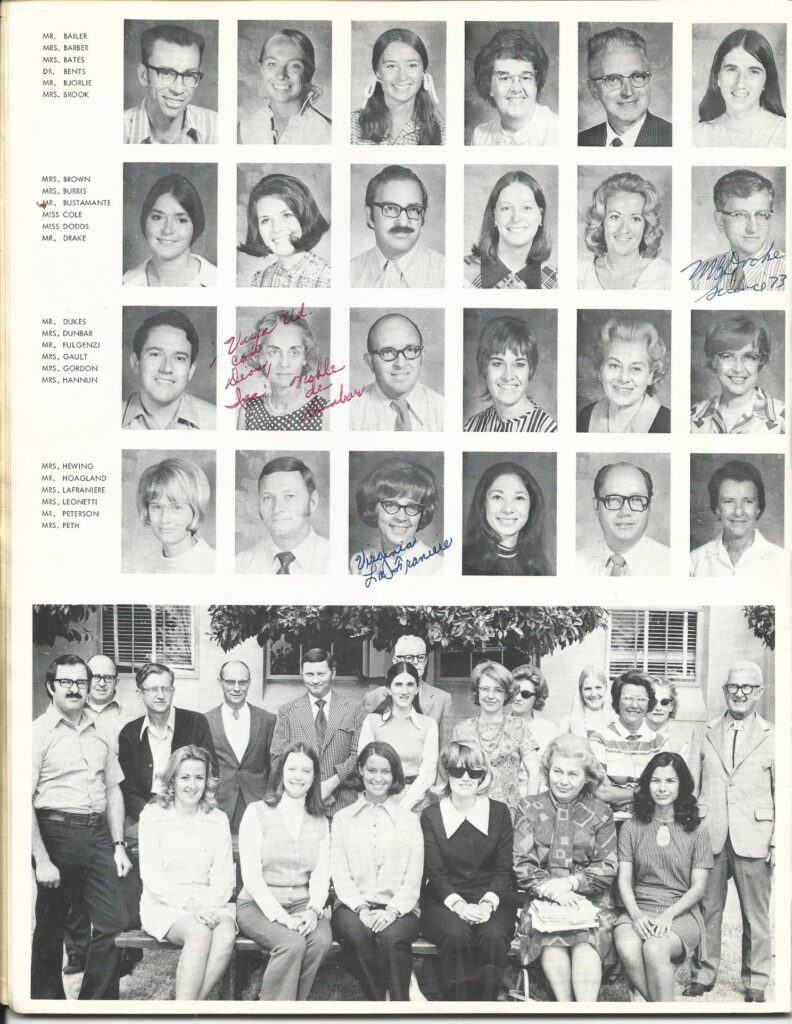
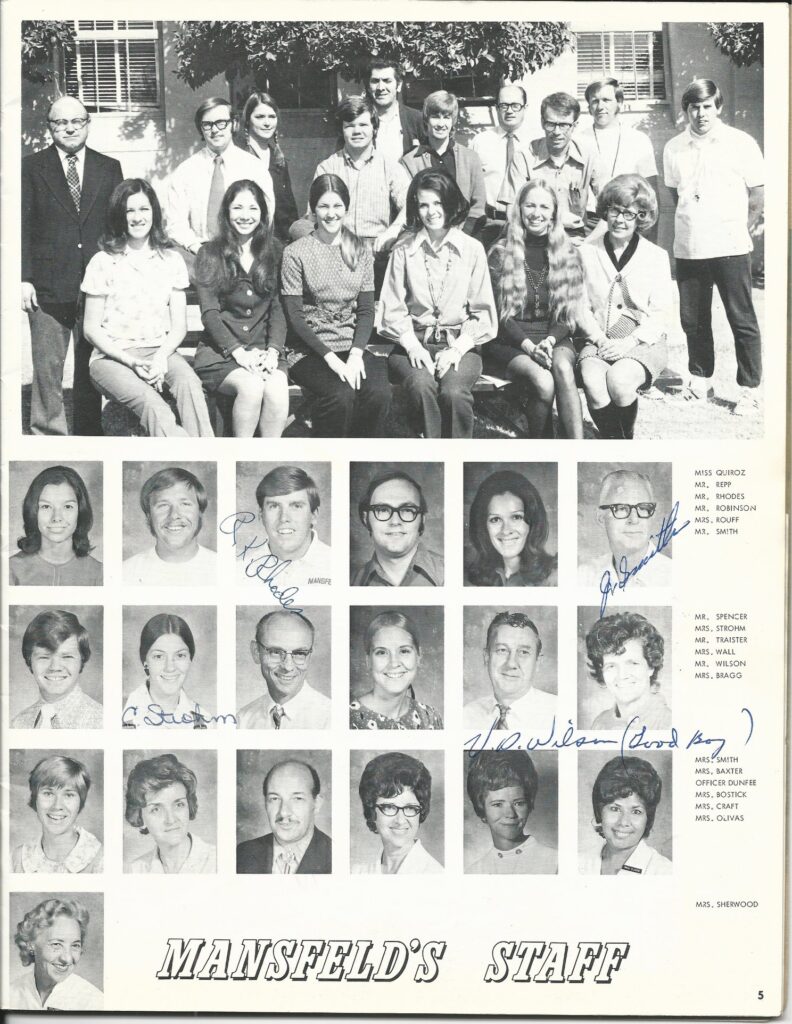
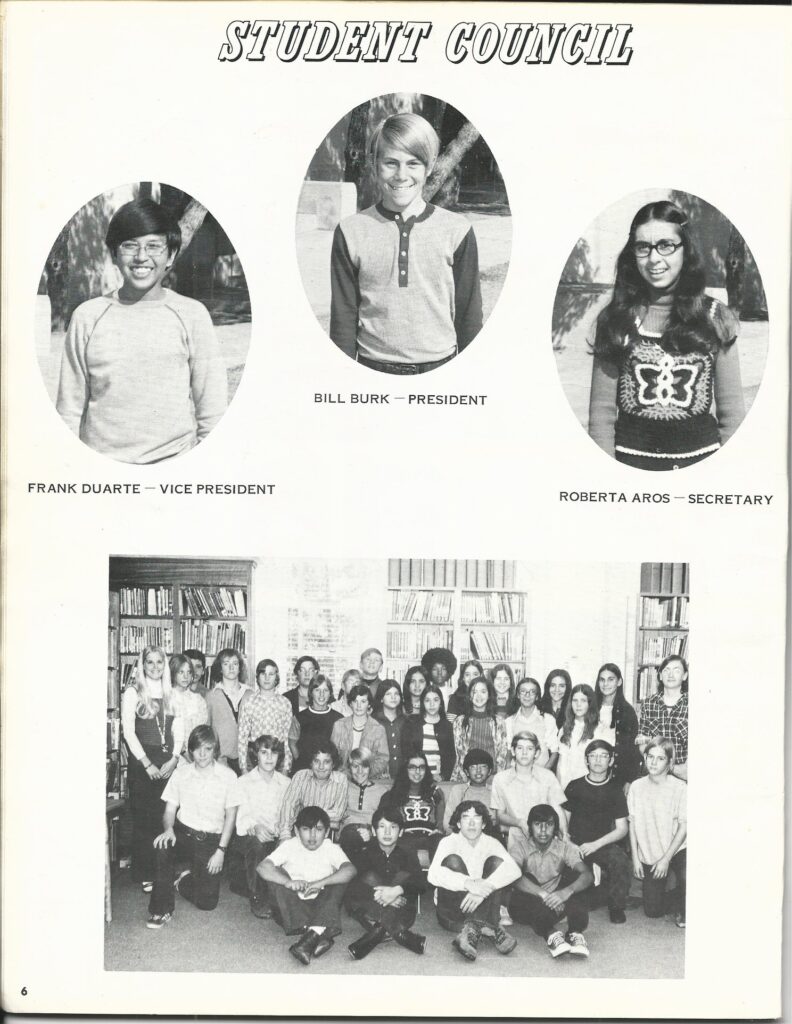
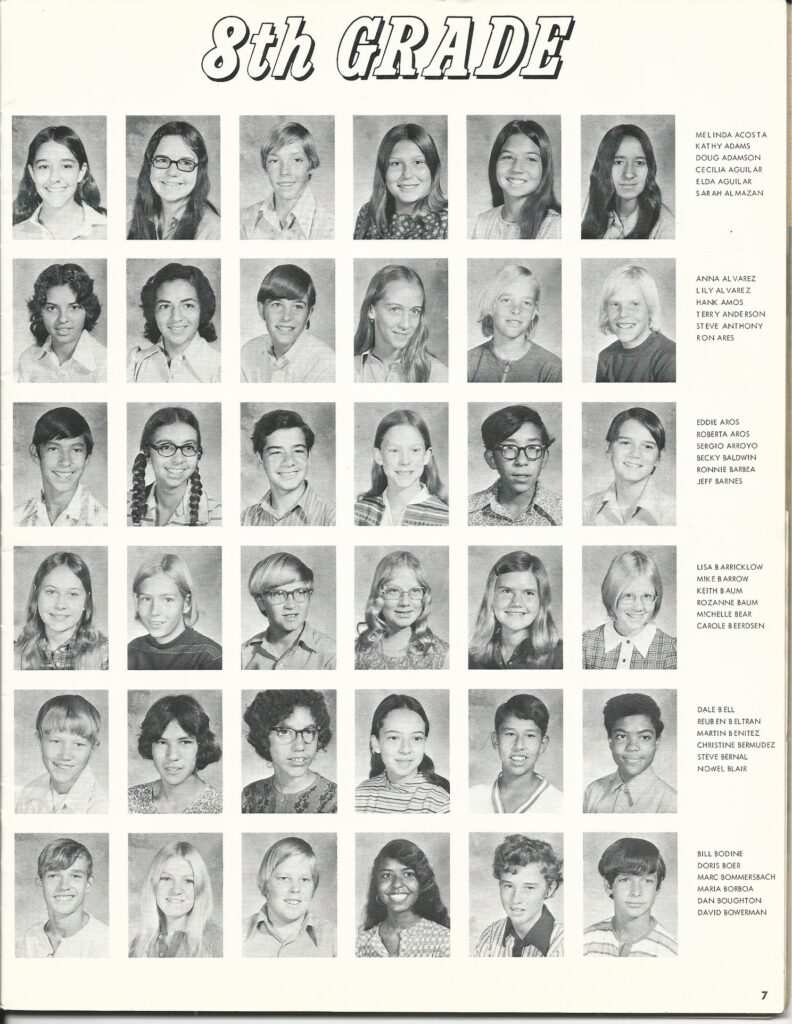
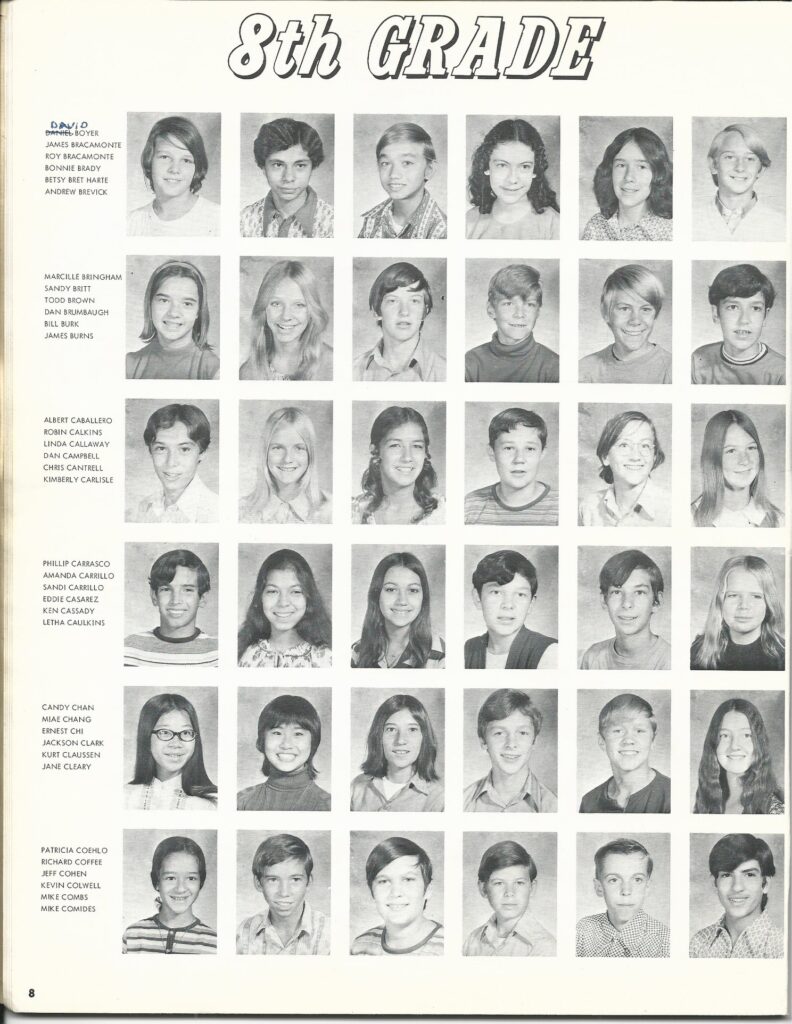
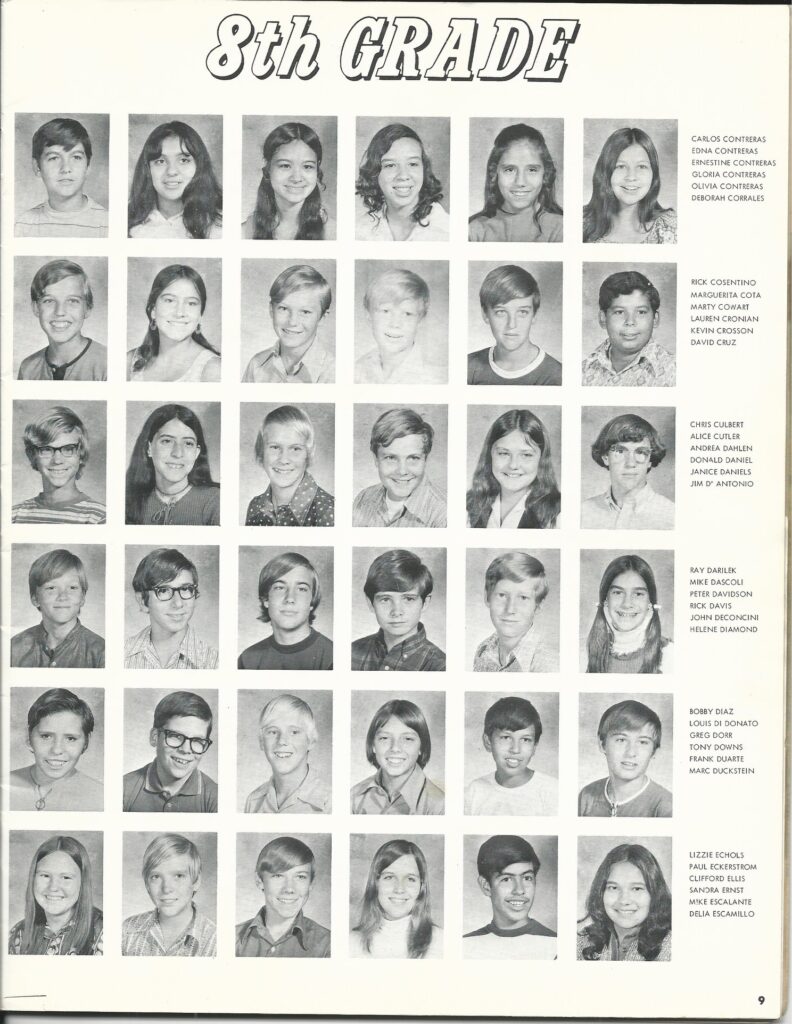
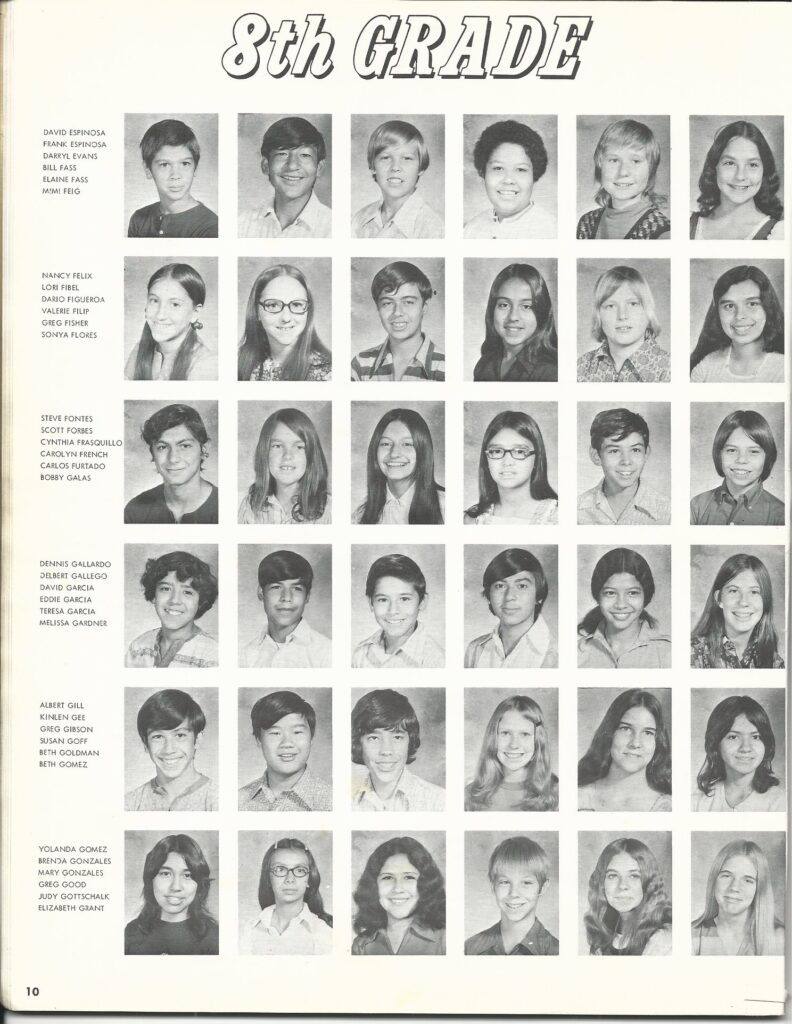
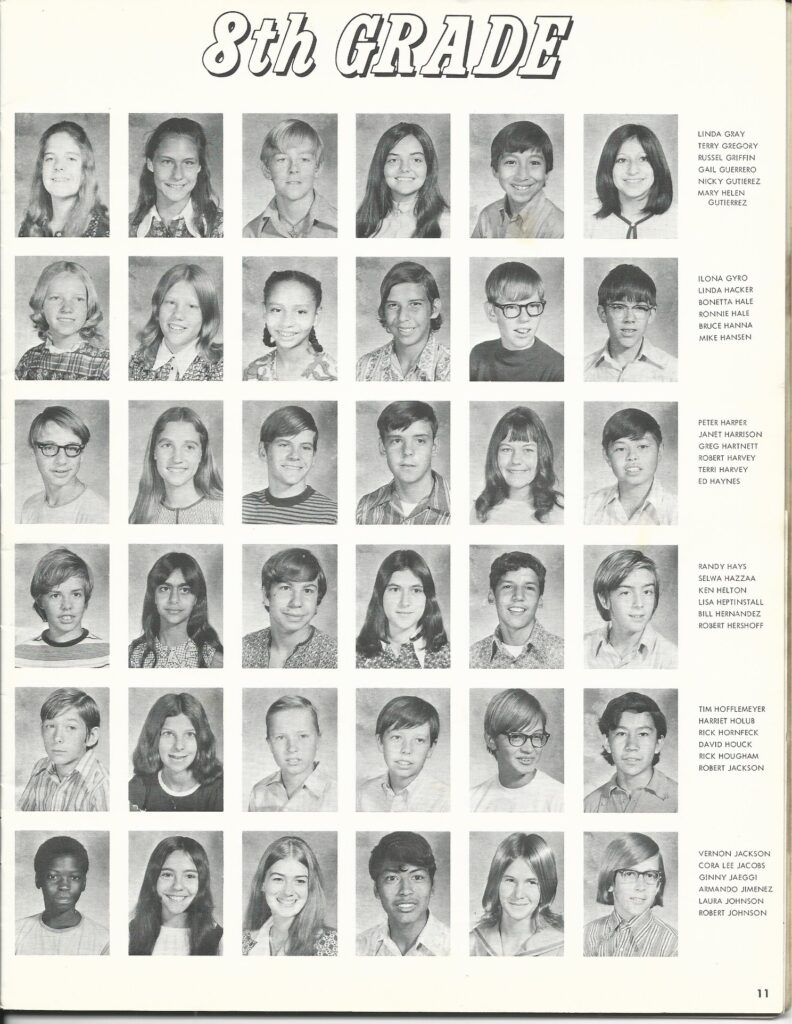
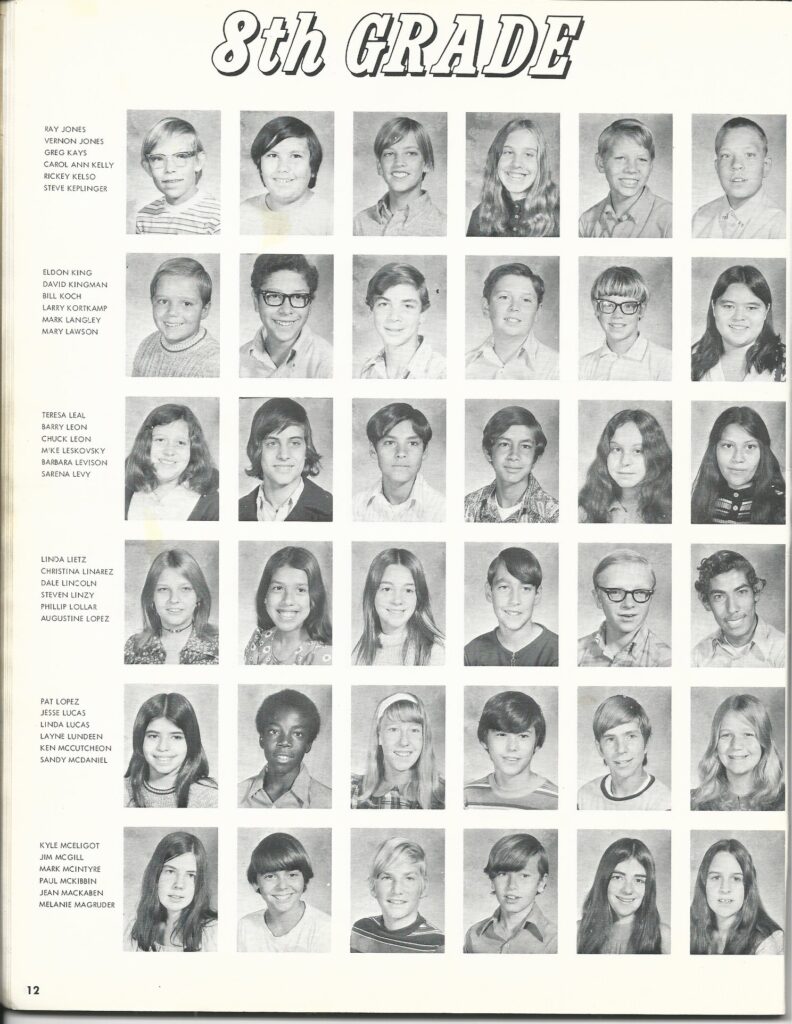
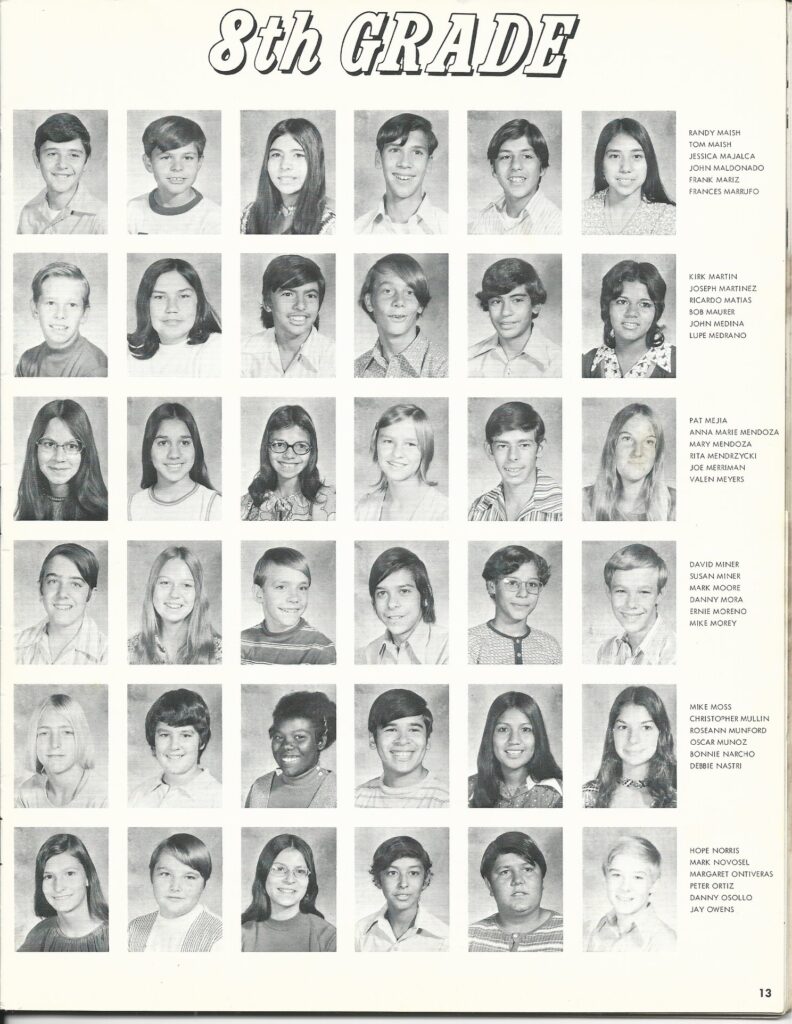

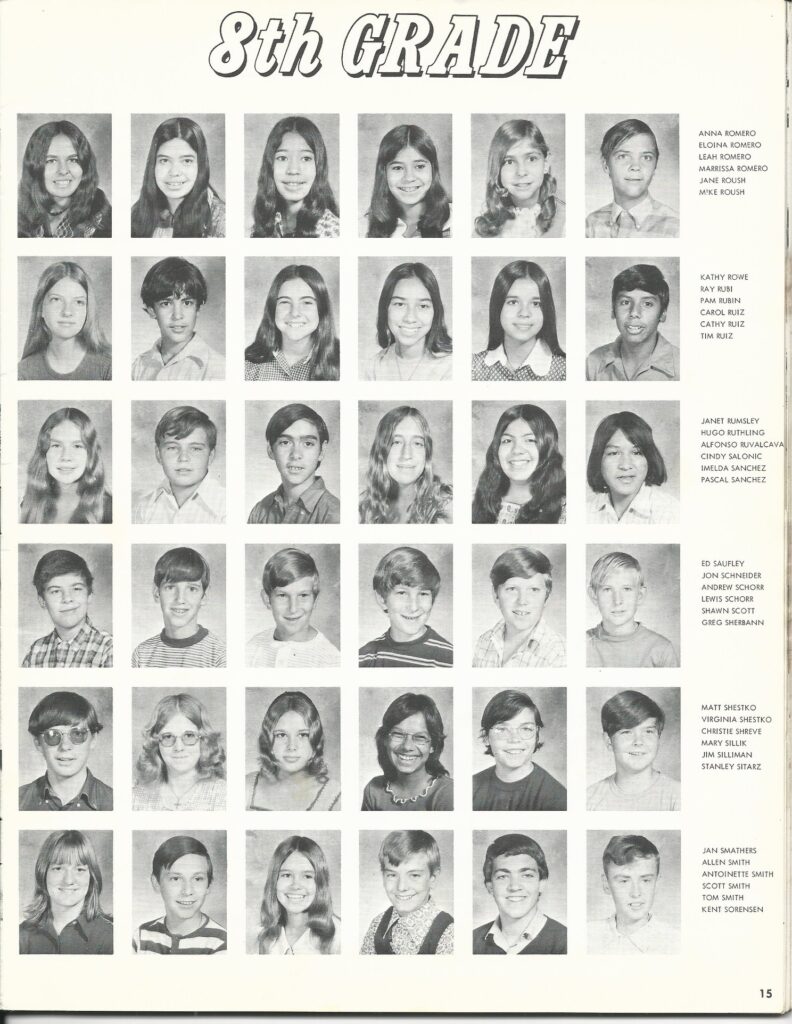
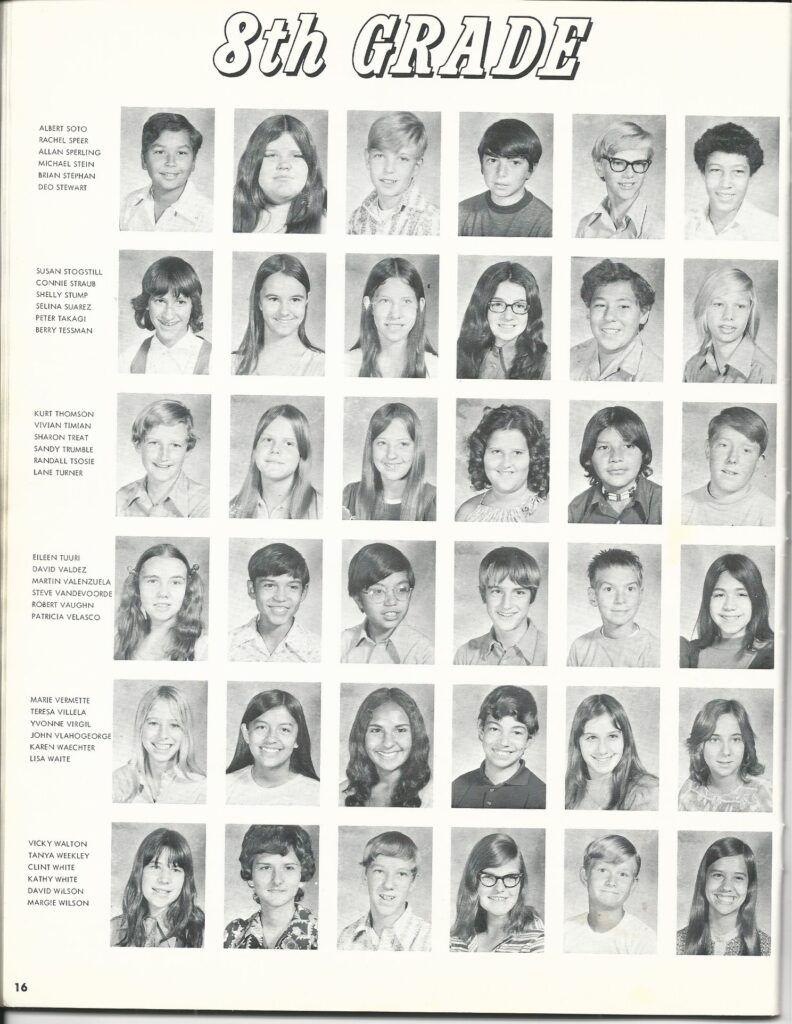
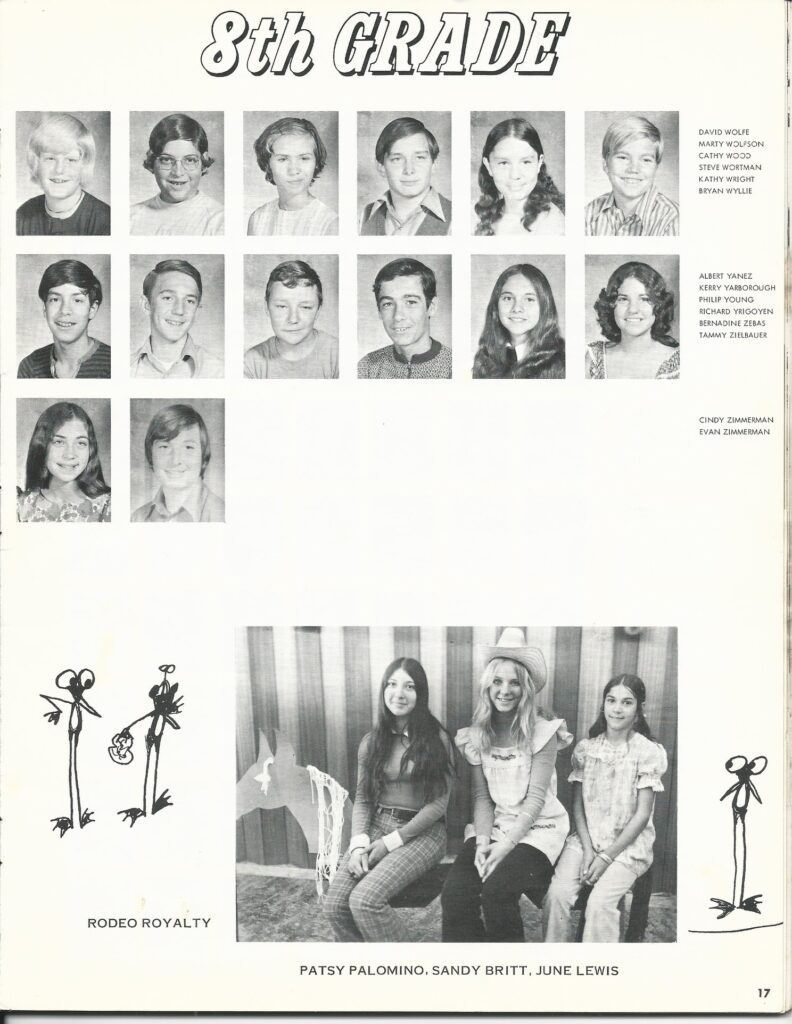
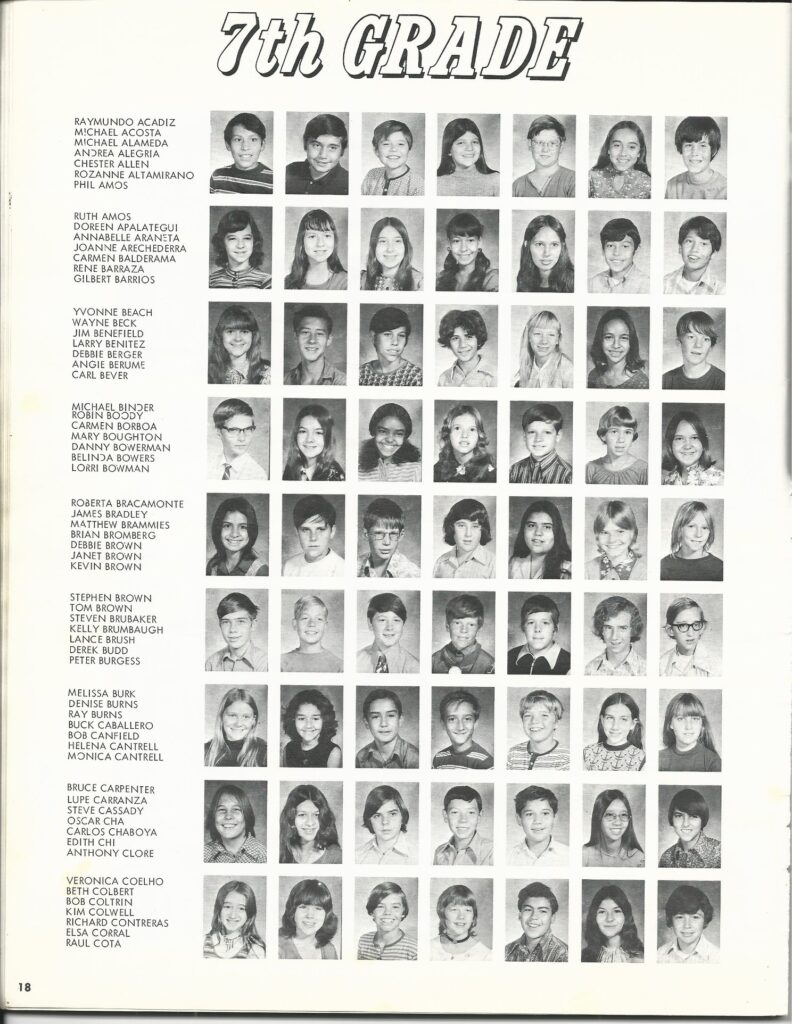
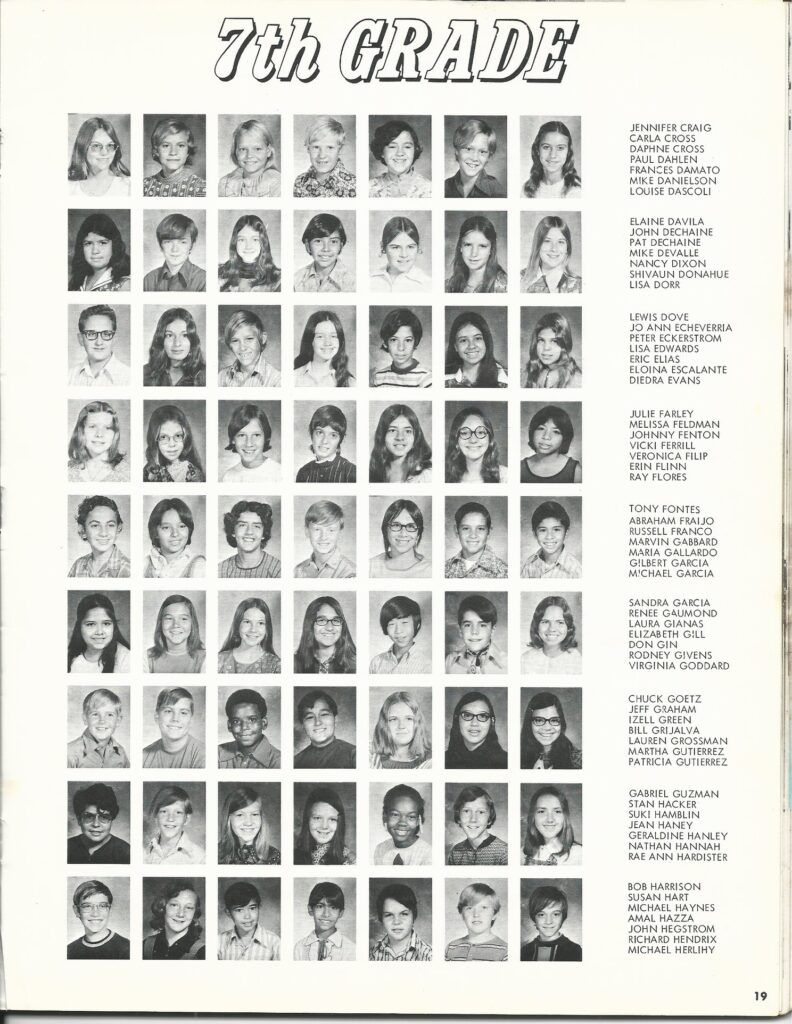
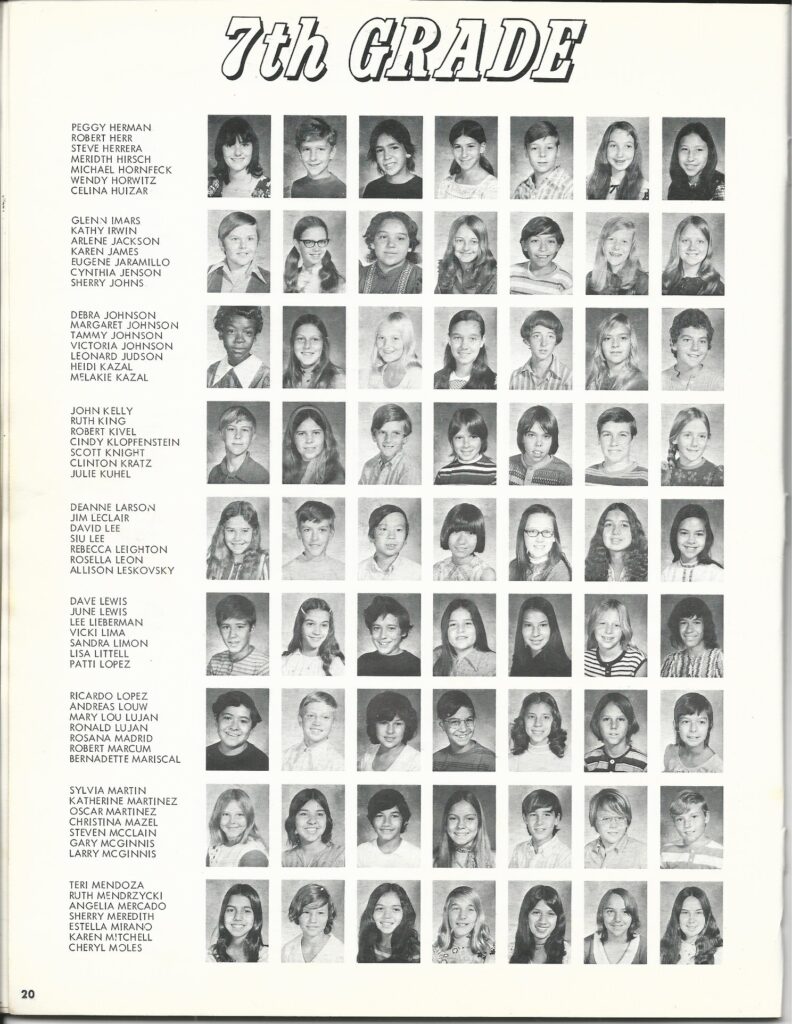
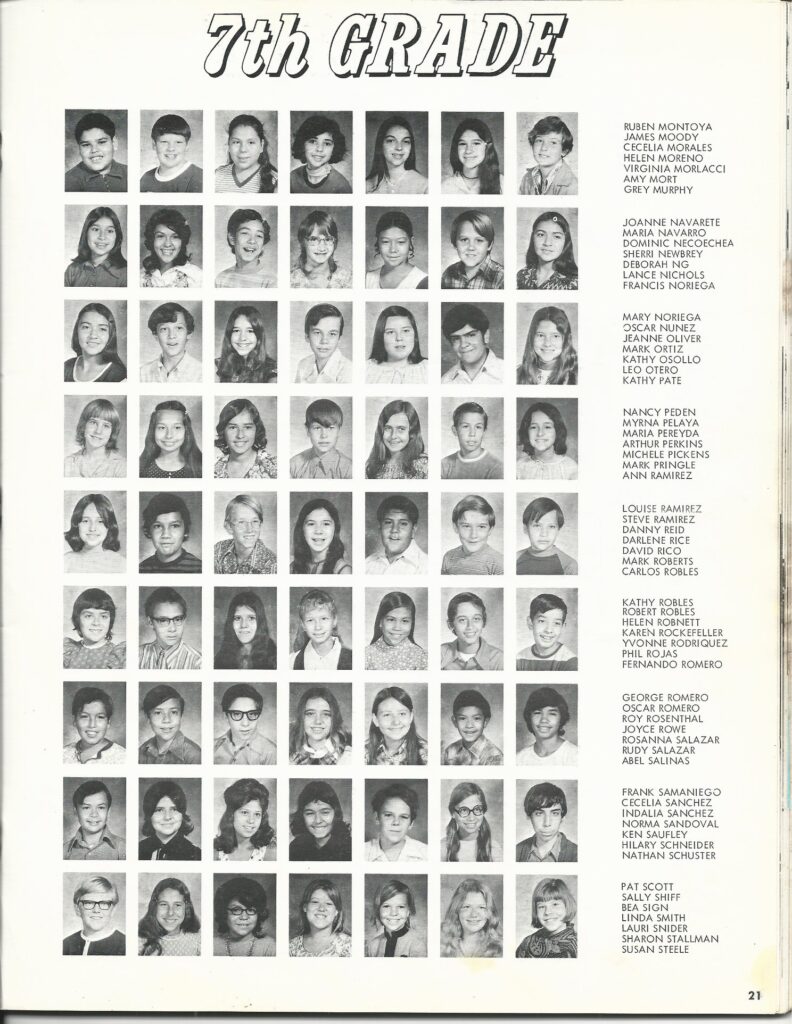
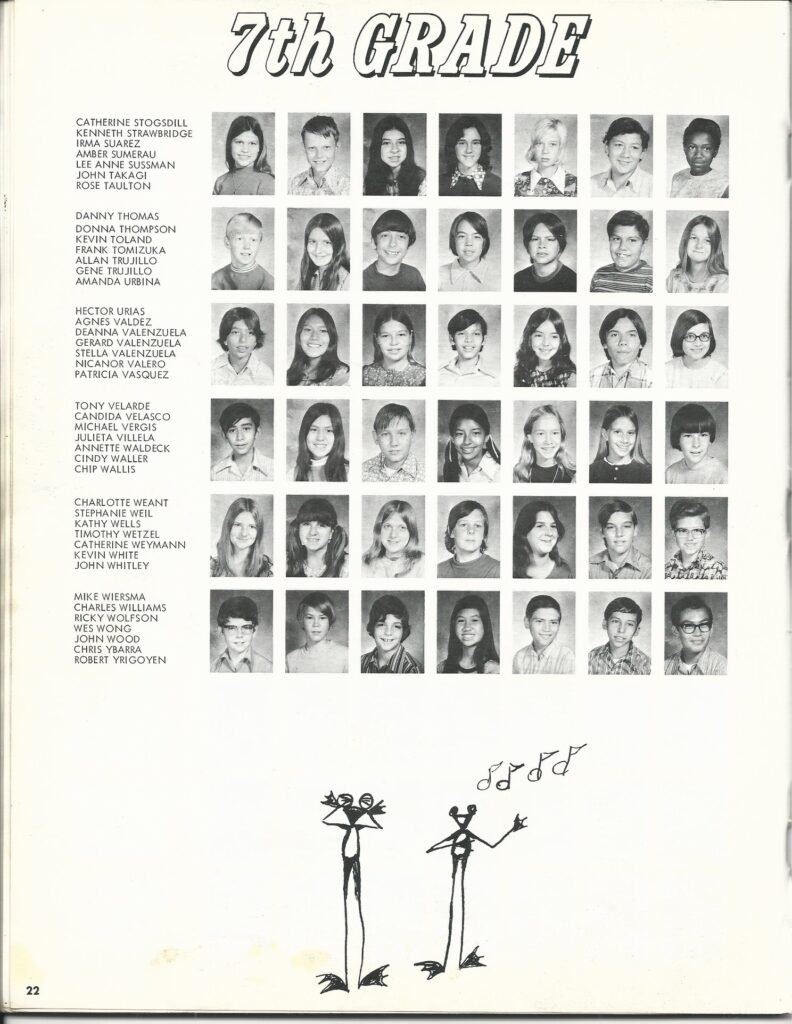
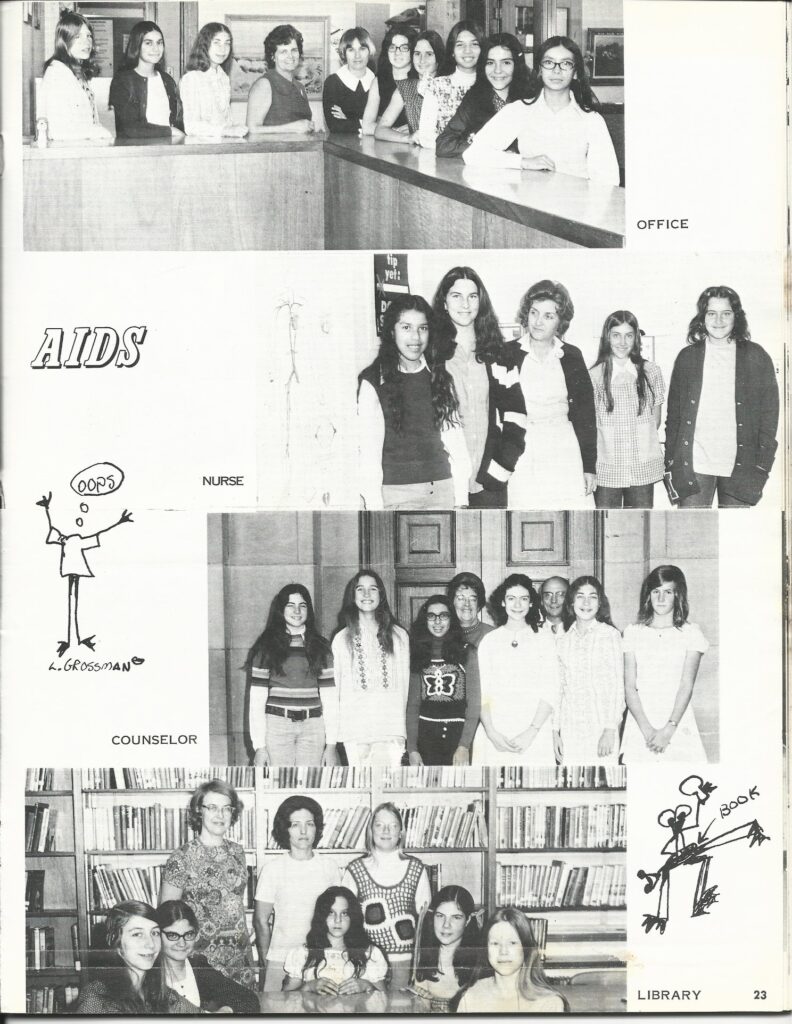
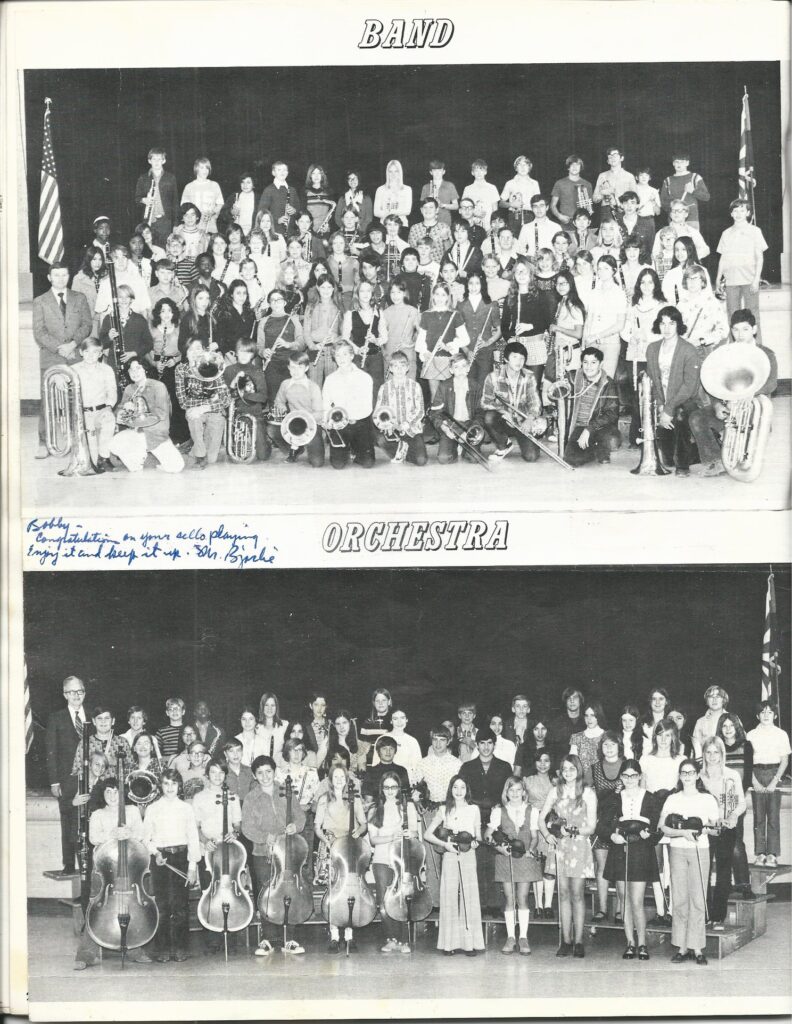
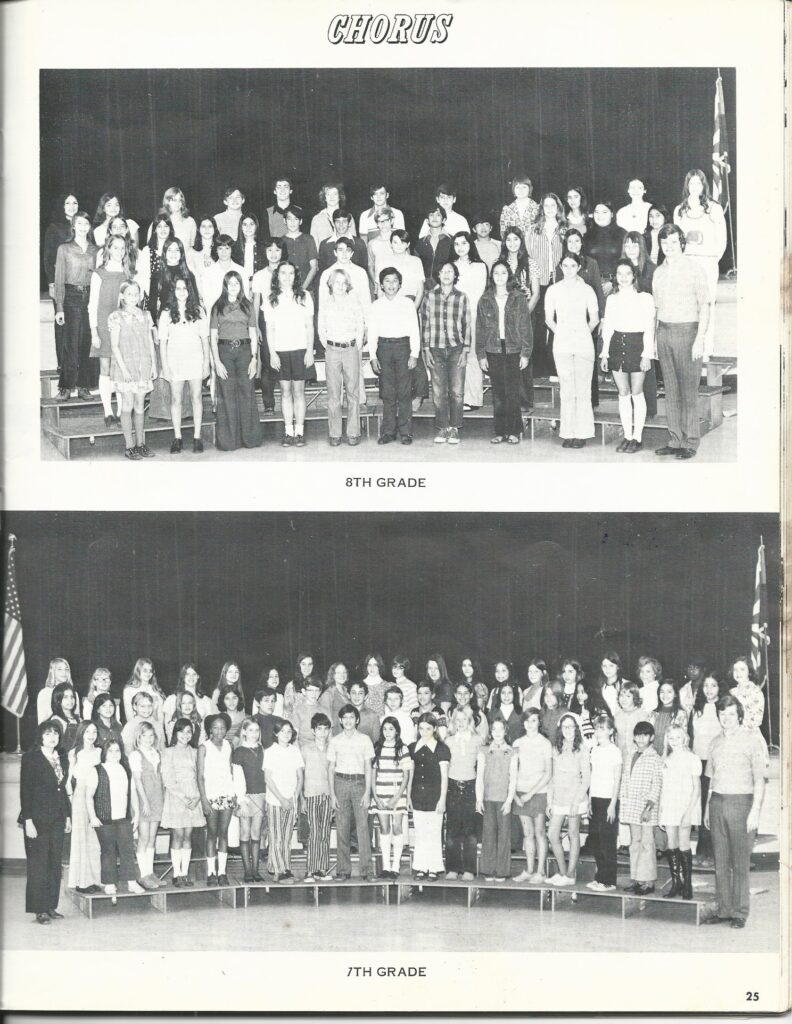
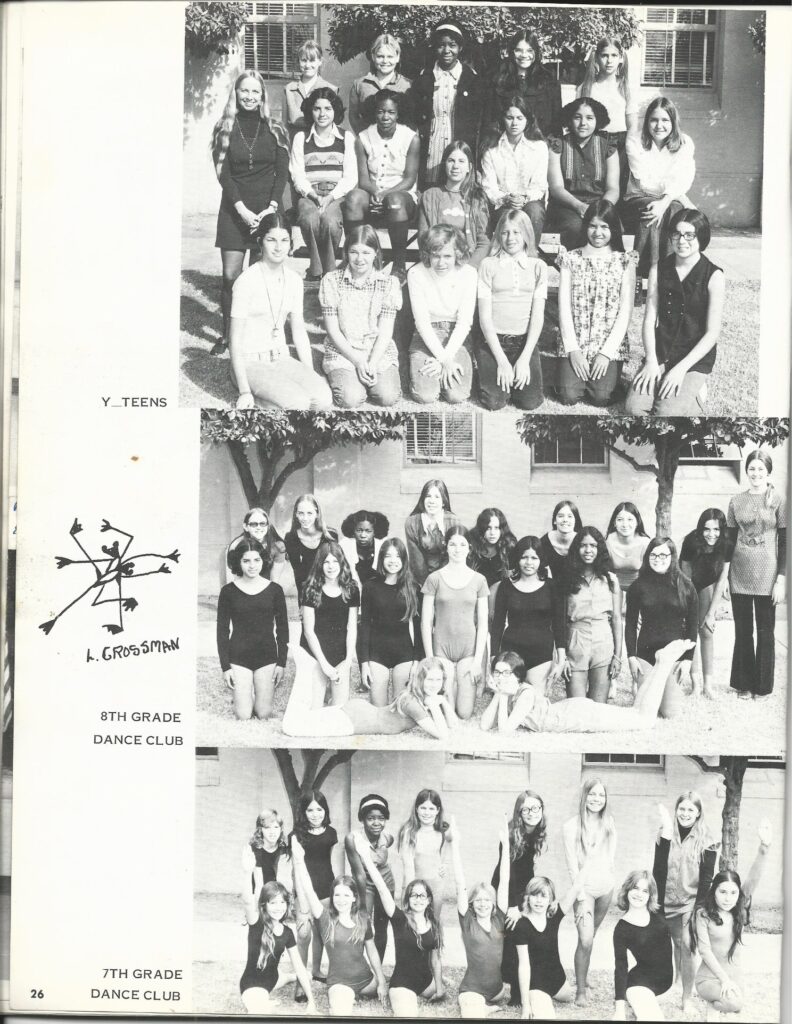
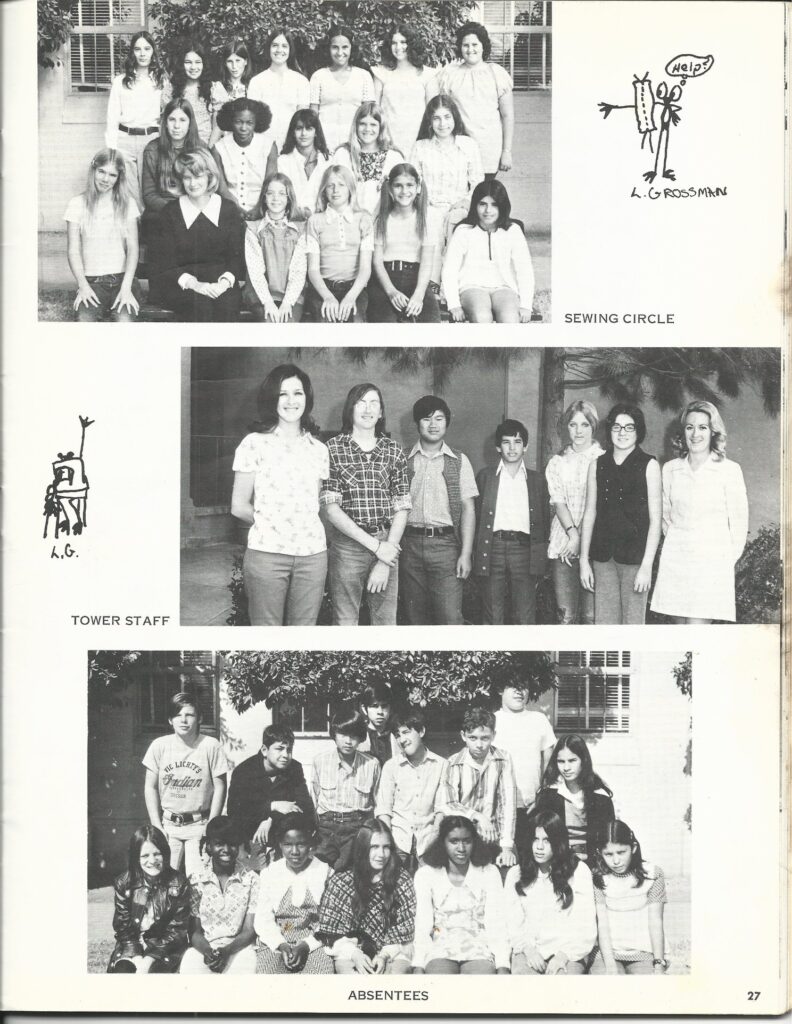
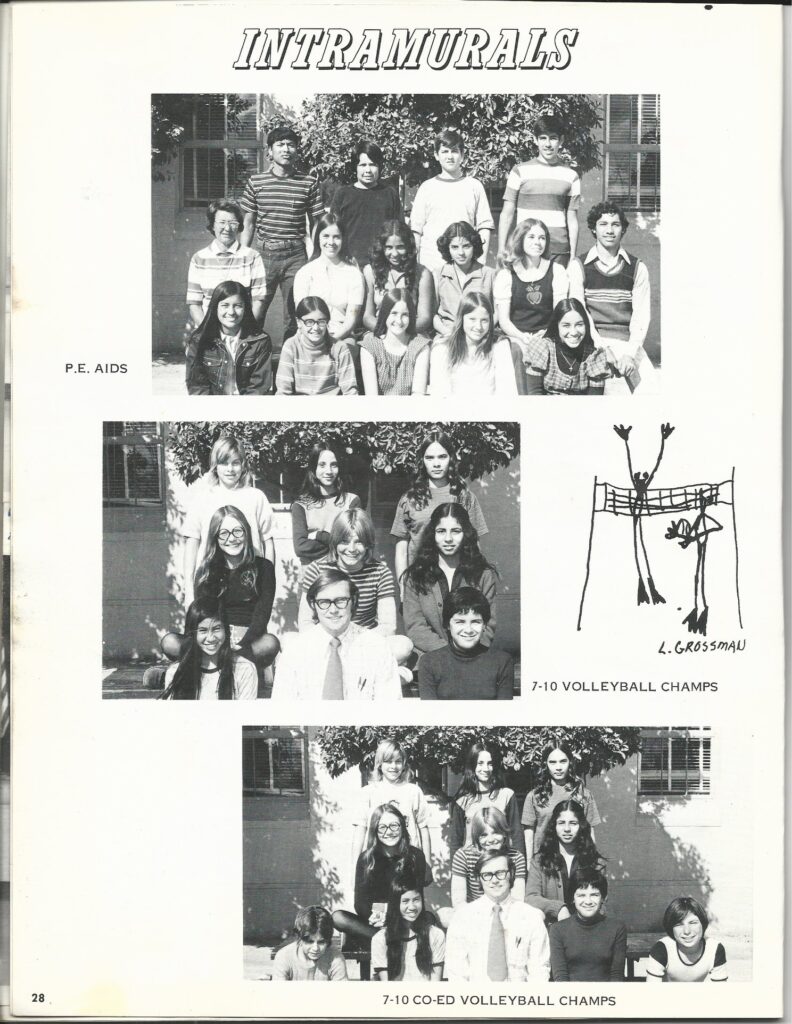
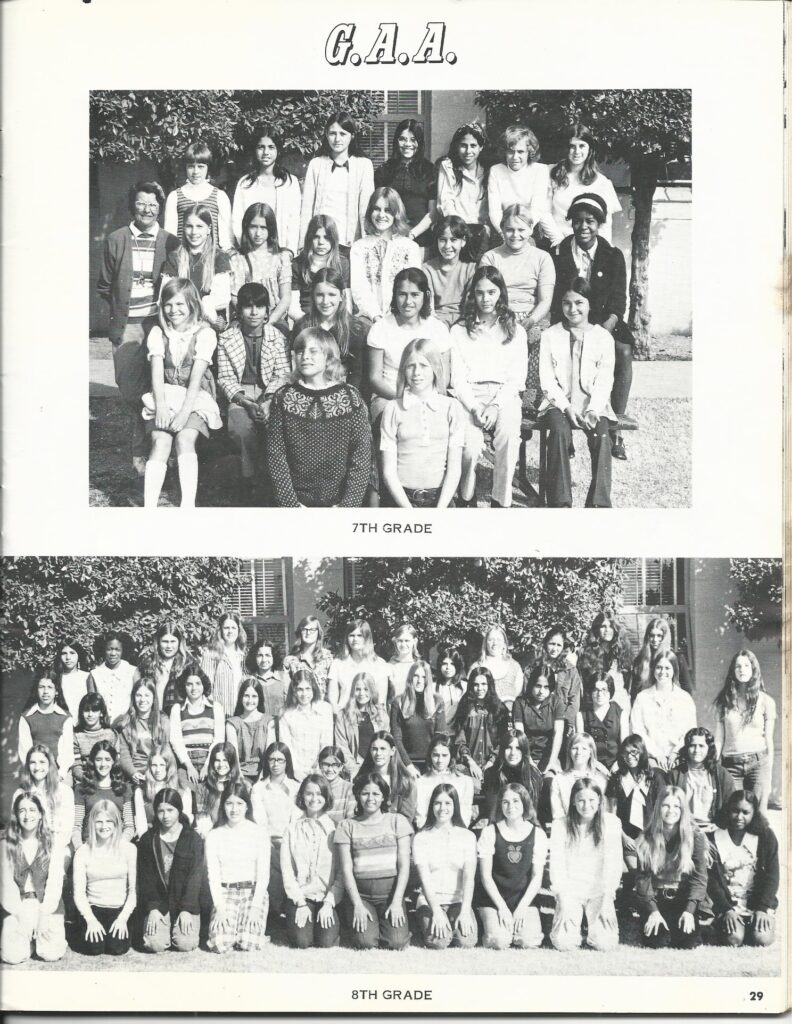
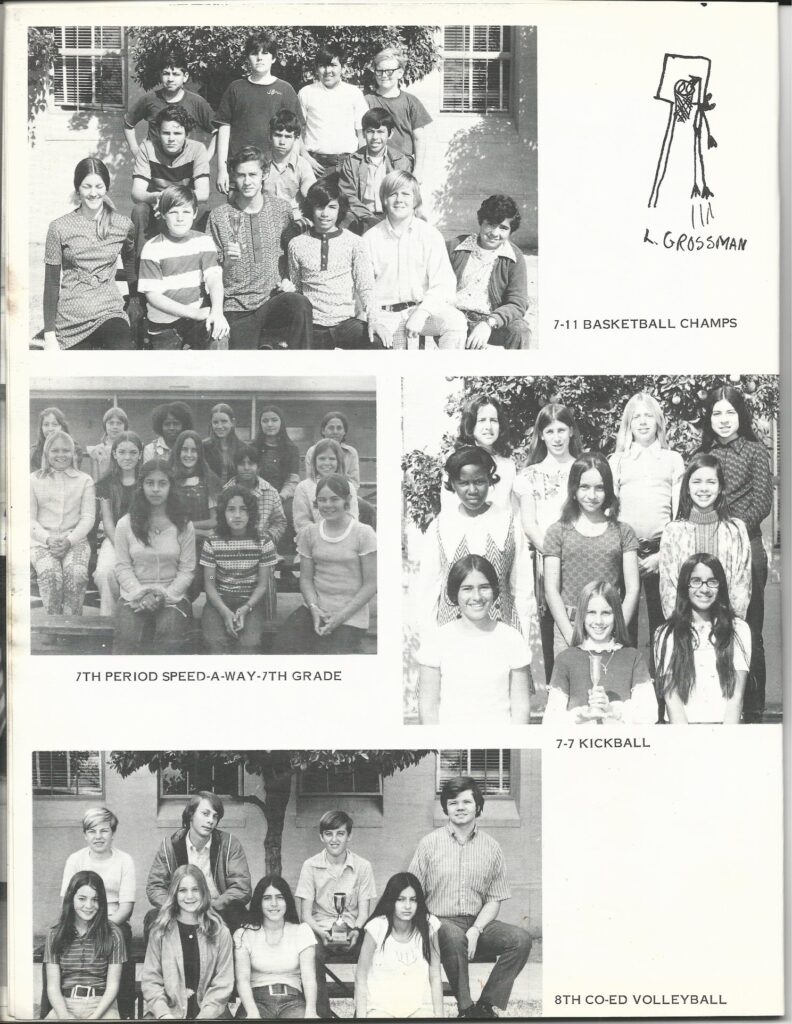
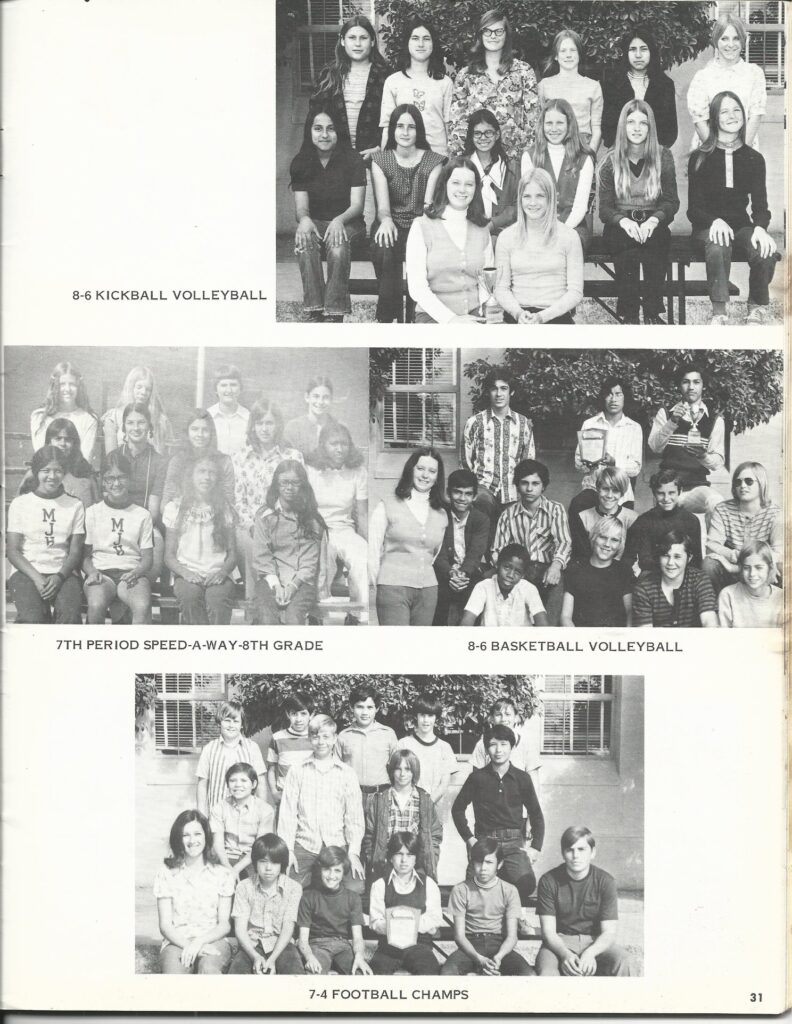
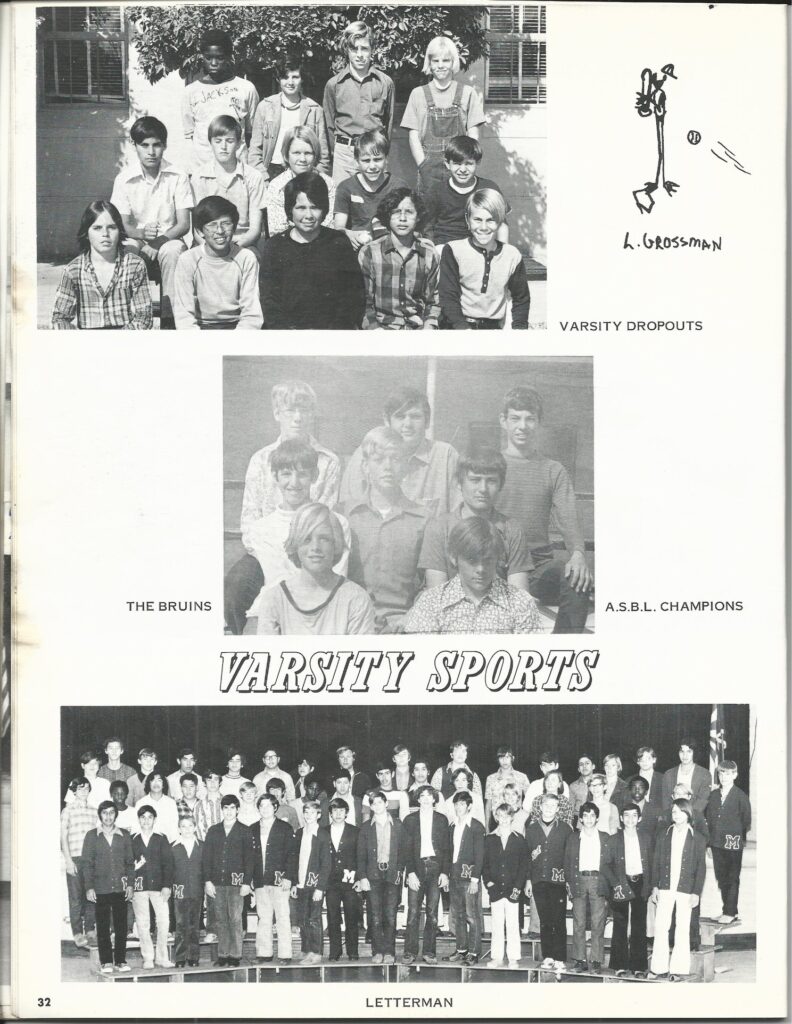
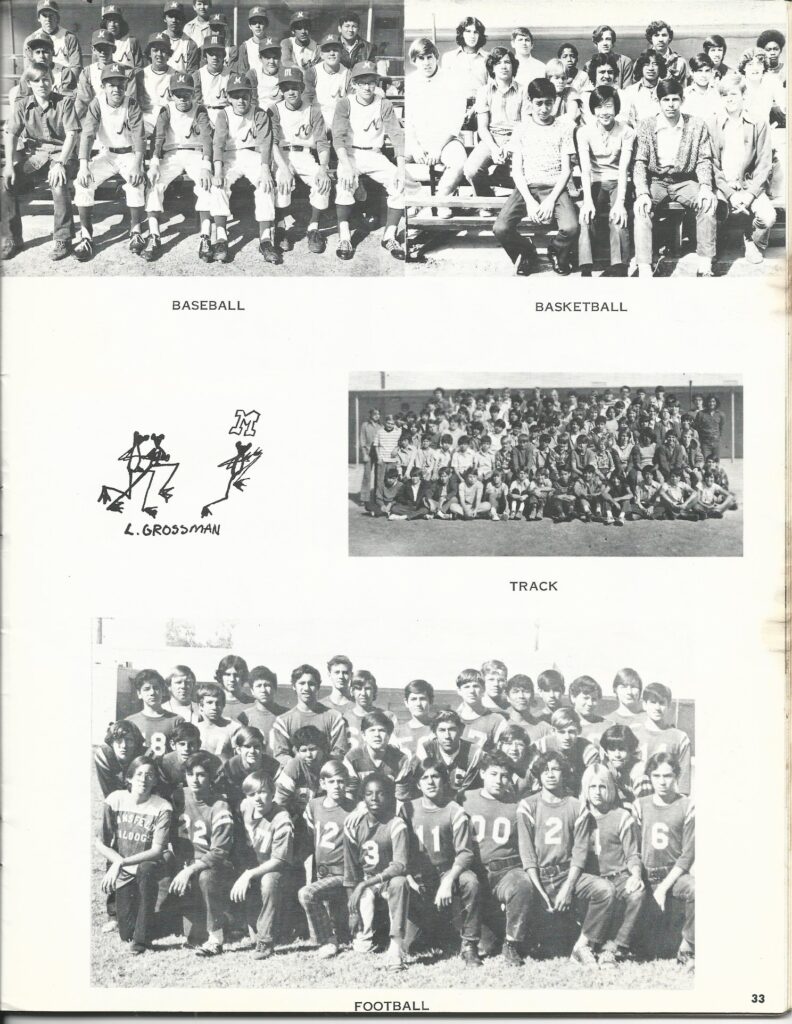
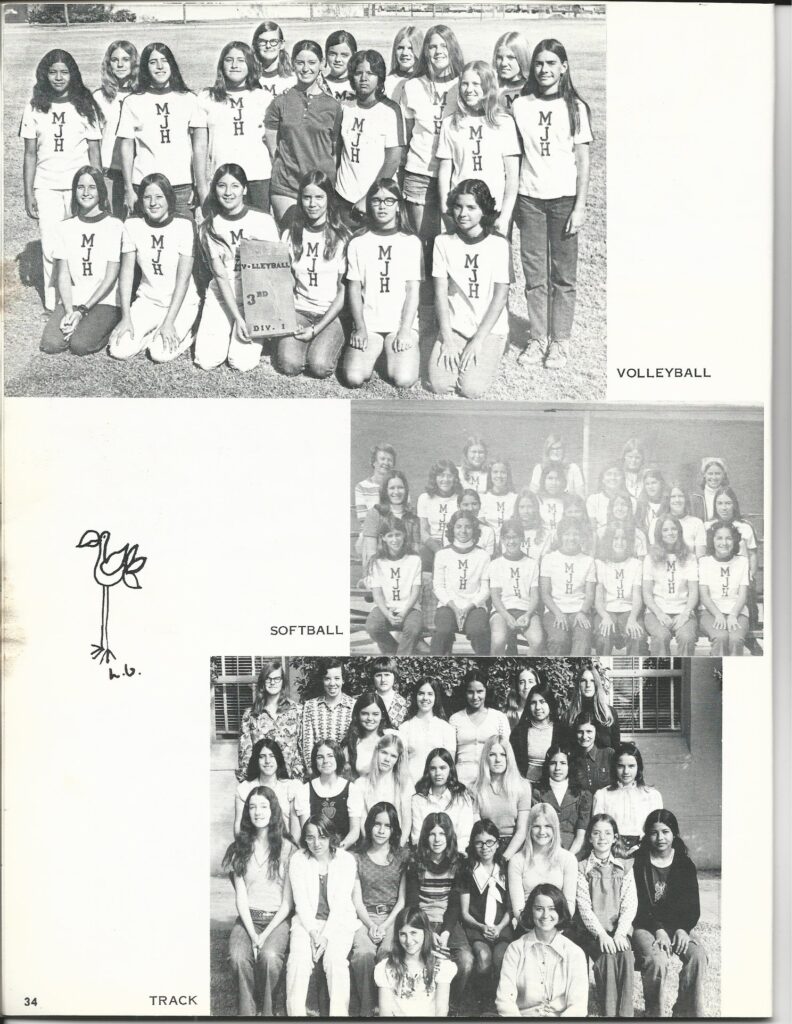

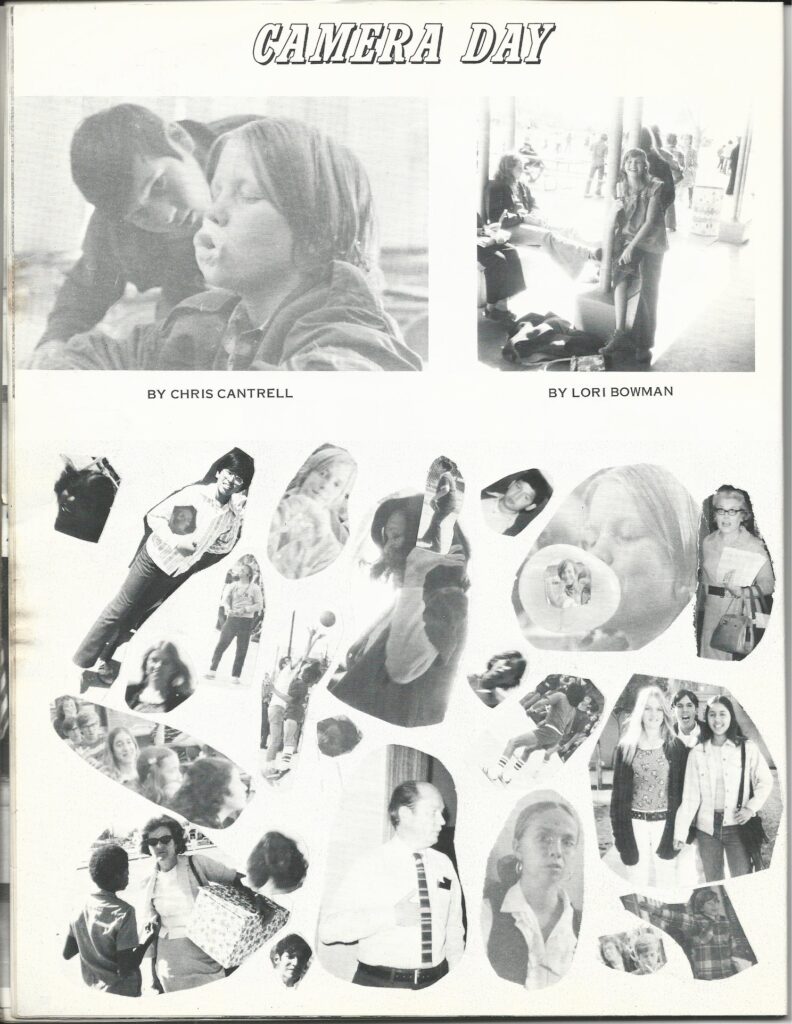
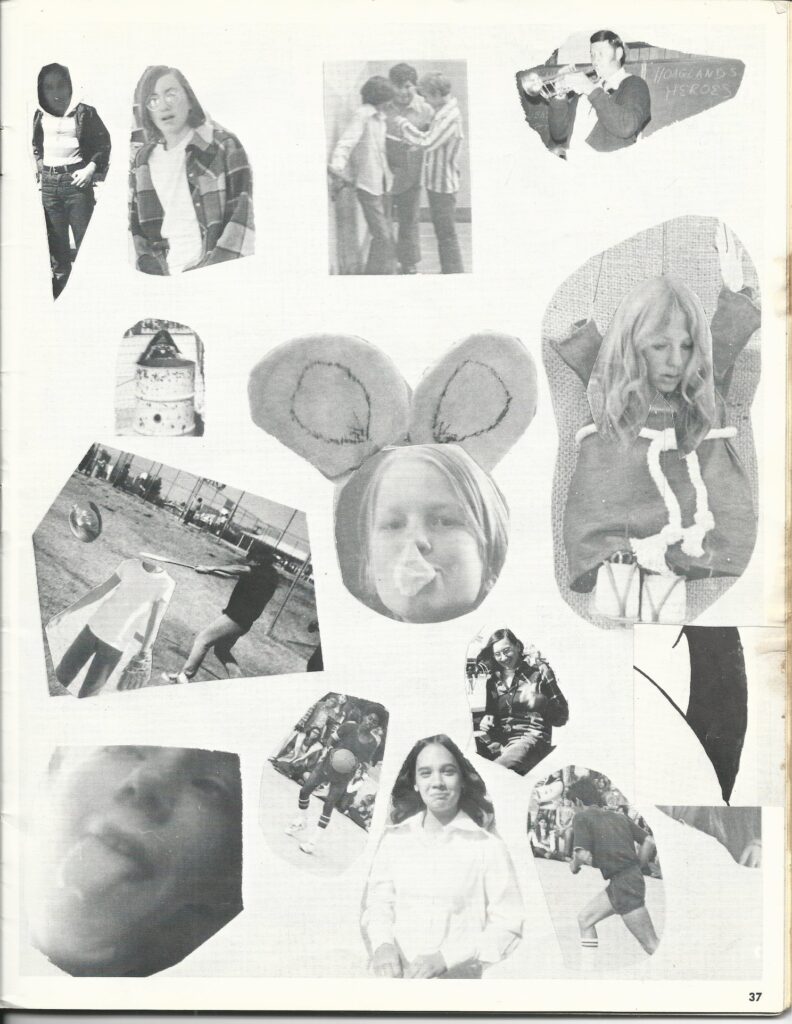
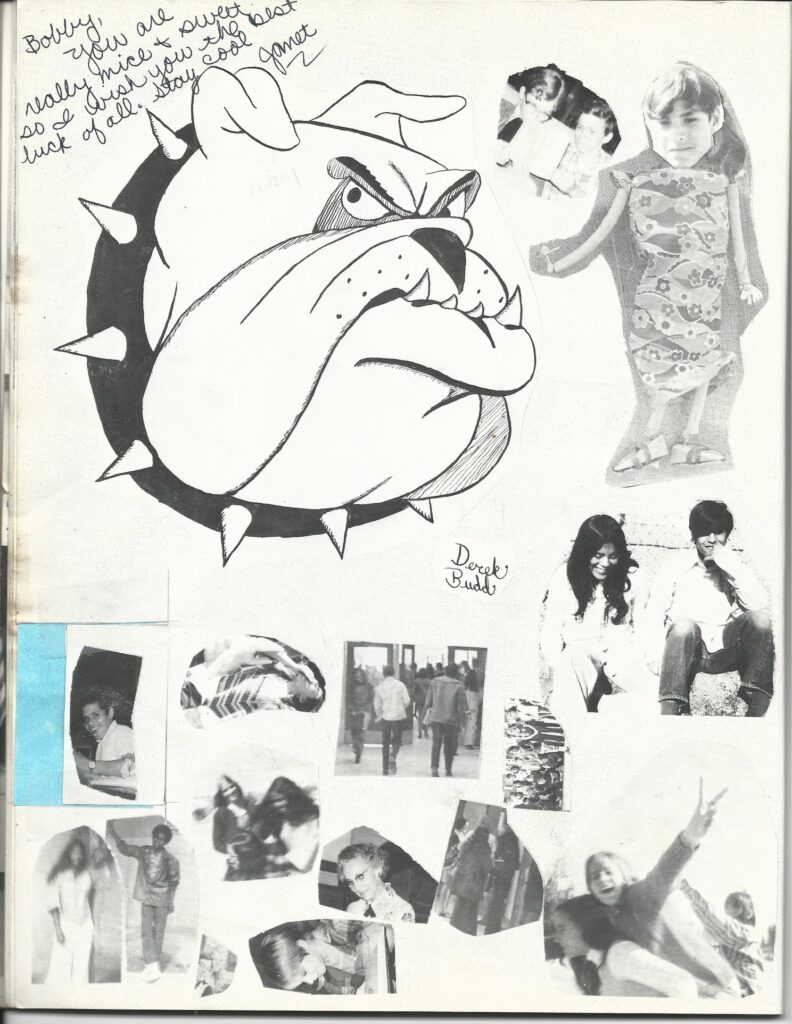
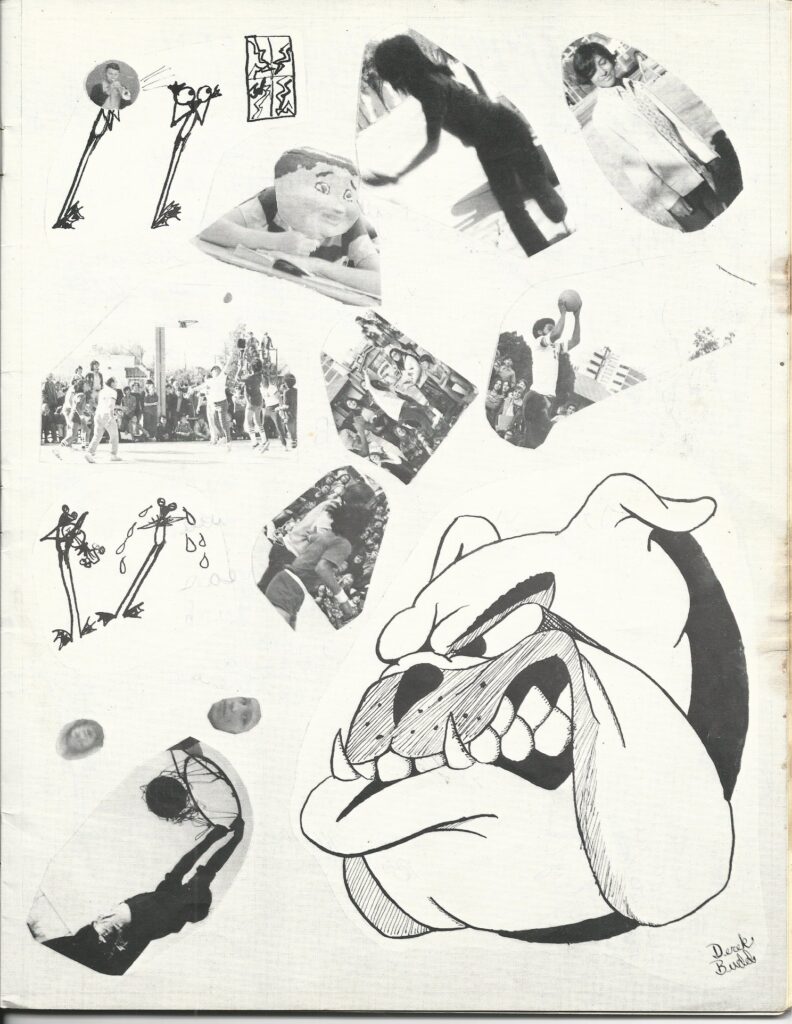
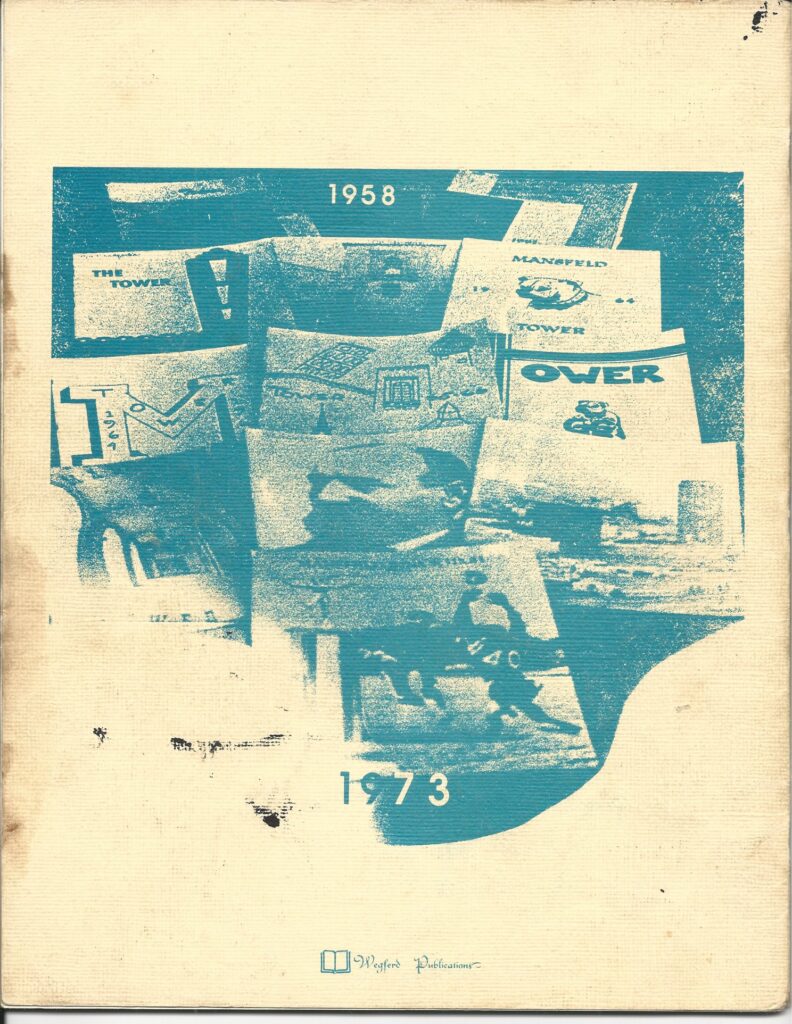
Rascón surname: Spanish (Rascón): 1. probably a habitational name from either of the places called Rascón, in Cantábria and Badajoz provinces. 2. possibly a nickname from rascón ‘sour’, ‘sharp’ or a homonym meaning ‘rail’ (the bird).
According to the book, Who’s Who of the Conqiustadors (Thomas, 2000), the surname Rascón appears in the Américas as early as 1509, in the early years of the Spanish conquest. It’s been recorded that Alonso Rascón (Fernández), possibly from Huelva, Spain, landed in the Indies in 1509, and was one of over 600 individuals who accompanied Hernan Cortés on his trip to Veracruz in 1519. Over time, according to various online genealogical sources (i.e. Ancestry.com), in the 1600s and 1700s, the surname appeared in Mexico D.F., the state of Puebla, and then later in Chihuahua and Sonora. A look at U.S. census and immigration records shows that there have been many members of the Rascón family who immigrated north to the US. over the past century. They are scattered throughout the Southwest and can be found in Texas, New Mexico, California and Arizona, as well as other parts of the country.
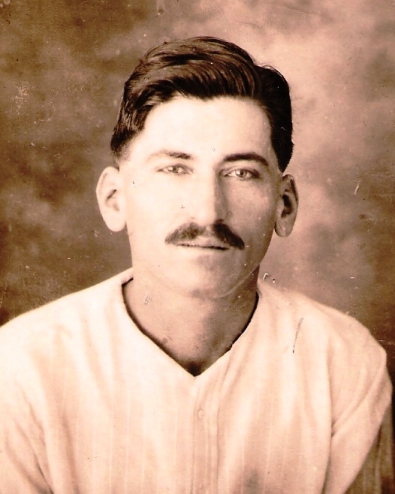
Growing up, I knew very little about my maternal grandfather, Donato Rascón Murrieta (1896-1937). I learned from my mother that he was part Spanish and part indio Mayo. Fair-skinned, with hazel/green eyes, tall and handsome, he was a miner by trade. He immigrated to the US in the early 20’s, landing work in Ruby and Superior. He was born deep in the Sierra in a town called Tarachi, Sonora.
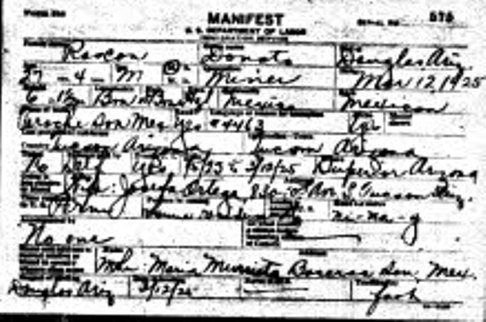
My grandfather crossed the US Mexico border alone at Douglas, Az. on March 12, 1925. This card, issued by the US Immigration Service, notes that he was married to Josefa Ortega and that her address at the time was 830 S. 10th Avenue in South Tucson Az. (actually her brother Feliciano’s home). His occupation was listed as a miner. His mother, Maria Murrieta is listed as residing in Bacerac, Sonora, Mexico.
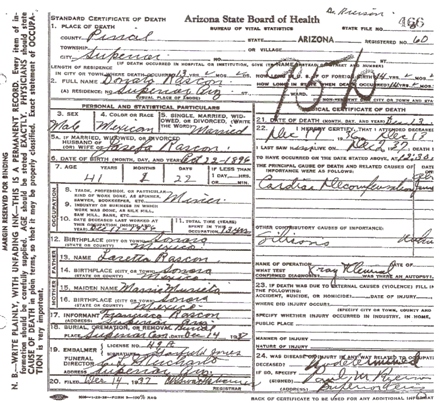
Donato Rascon’s death certificate notes that he died of cardiac decompensation, or heart failure, and that he had silicosis, which was the likely cause of the heart failure. He was 41 years old when he passed.
El Tarachi, version 1, by Los Murrieta
Tarachi, (from the Pima term: Taratzi) was originally a pre-Columbian village of “Los Pimas Bajos” or the Lower Pima people, tucked away deep in the Sierra Madre region of southeastern Sonora. The closest towns of significance are Sahuaripa, Arivechi, and Yécora. According to Flavio Molina M, author of the book Exploradores y Civilizadores de Sonora, the word taratzi means “en el pie” in Spanish or “on the foot” in English. In the Pima language, tara means “foot” in English and “pie” in Spanish, and tzi means “on” in English and “en” in Spanish. The author includes further information about Tarachi, quoting a document written in 1815 that provides details of the missions and people of the lower Pimeria region of Sonora : “Tarachi: nación Pima, se extiende 22 leguas de oriente a poniente, y diez de norte a sur; tiene agregada la iglesia del pueblo de Yécora, dista de la cebecera 20 leguas al poniente, ambas iglesias están arruinadas; el número de sus vecinos es de 64, que abrazan 300 almas, su congrua de 360, 300 de sínodo y el resto de obención”.
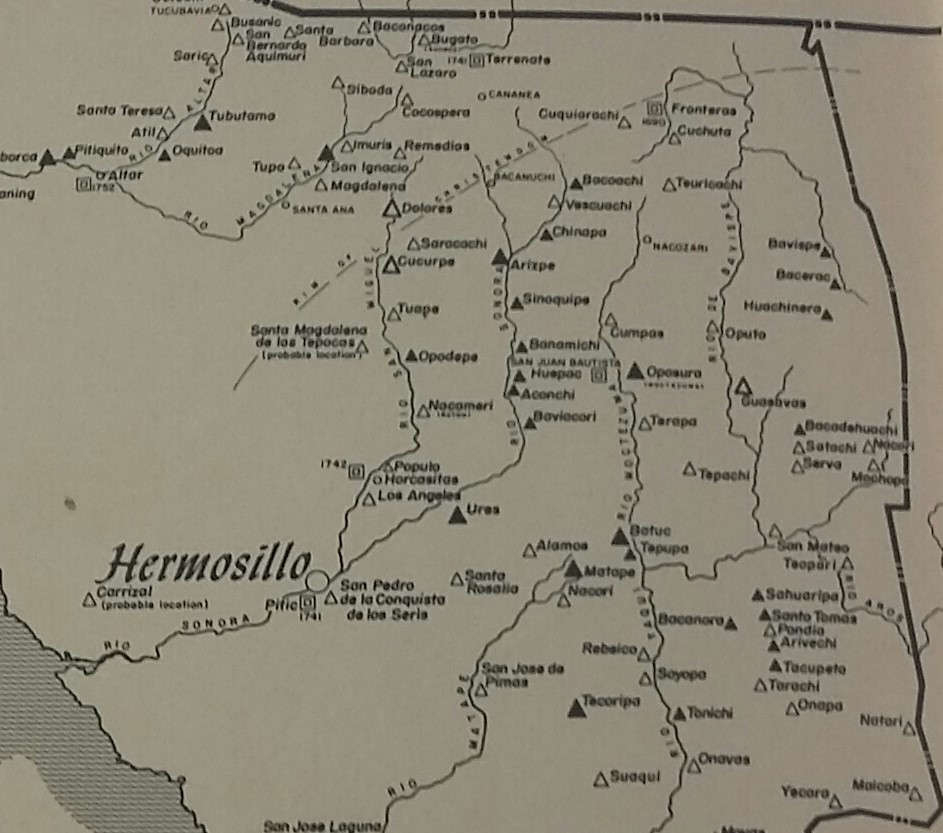
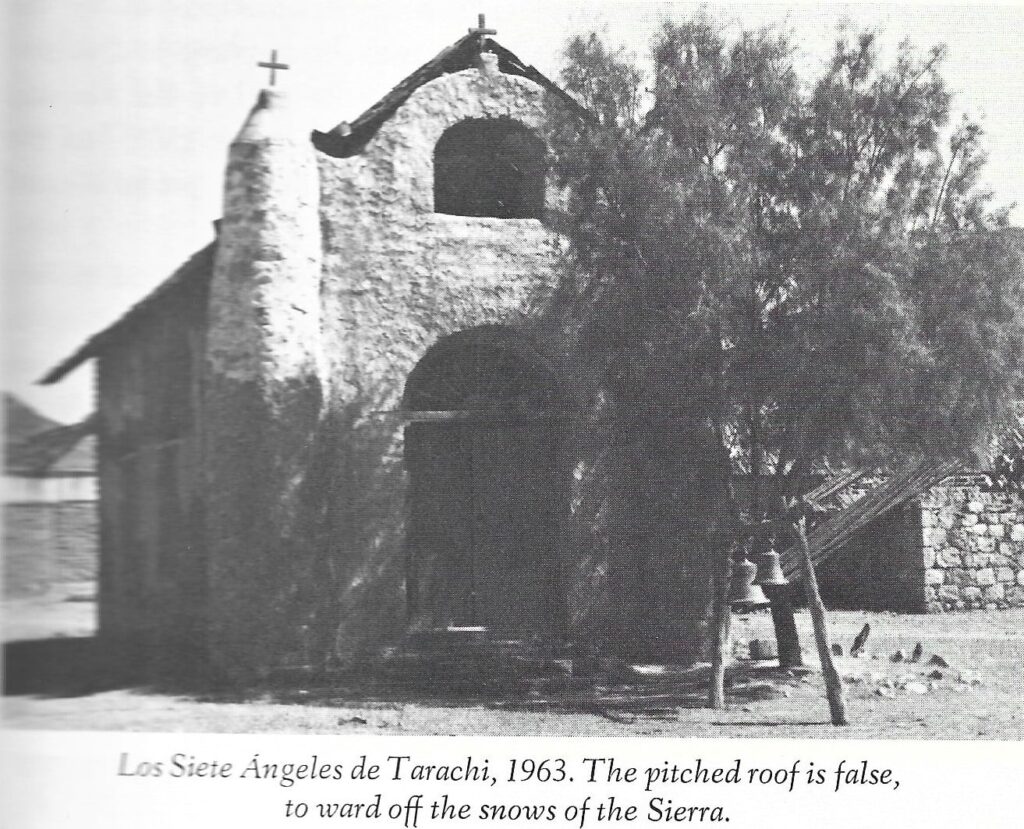
El Tarachi, version 2, by Gilberto Valenzuela:
According to an account given in the book, Sonora: An Intimate Geography (Yetman, 1996), in the early 20th century (and probably even before then), the people of Tarachi made their living, by among other things, cattle breeding. Ranchers from neighboring areas of Sonora would travel for days through very rough mountain terrain to purchase cattle in Tarachi. From there they would drive them back through the north and into Chihuahua.
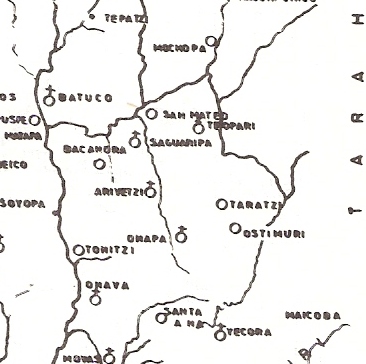
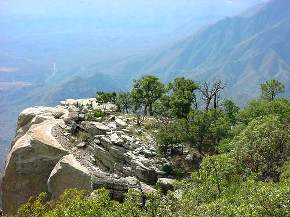
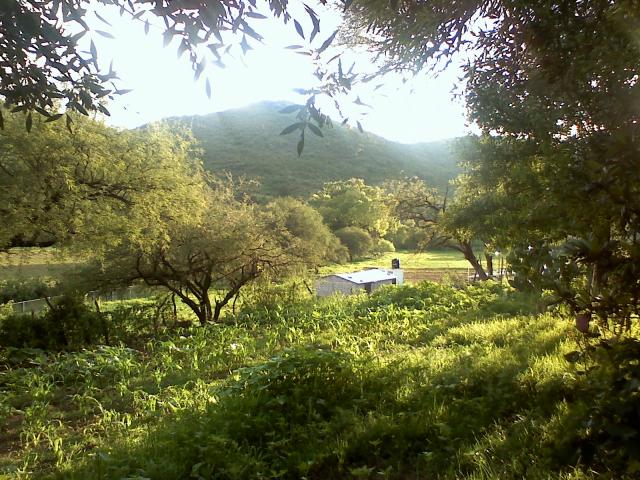
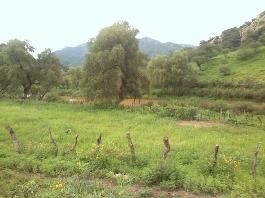
Mining was another occupation that the men of Tarachi engaged in, as Tarachi was also the center of the “Veta Madre” or mother lode of gold in Sonora. One researcher noted that during the California gold rush, many of the men of Tarachi left to seek their fortunes there. The same researcher points to this as proof that the famous California bandit, Joaquin Murrieta, was from Tarachi, rather than Trincheras, Sonora as many believe. Joaquin Murrieta was also described as fair-skinned with blue eyes. According to this source, “all of the Murrietas of Tarachi, to this day, are fair skinned with fair hair and most of them have blue eyes”. To further the argument, this source notes that 3 Finger Jack, Joaquin’s sidekick, was named Manuel Duarte. He points out that “there are no Duartes in Trincheras, but the name is still very prevalent in Tarachi and the Sonoran Sierra region”. It could be I’m related to Joaquin Murrieta! (*note: the sources I have quoted in this paragraph are participants in various online genealogical discussion boards, usually members of the Rascón family who study and trace their family history).
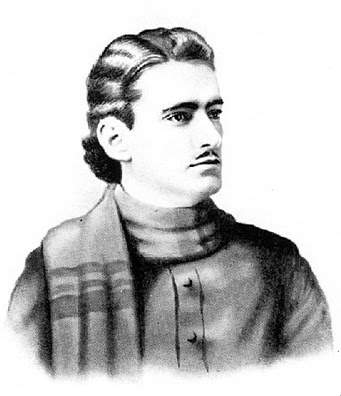
Here’s El Corrido de Joaquin Murrieta, performed by Los Madrugadores.
Over the years, the search for gold in Tarachi was big news.
Most recently, the search for gold in the region has become a serious enterprise.
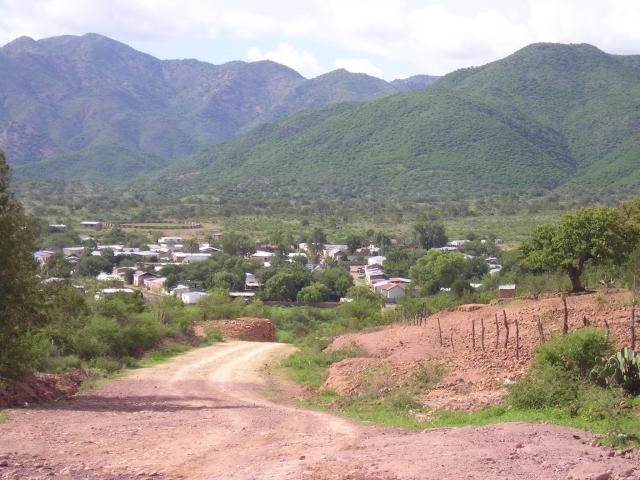
Every May 15, during the feast day of San Isidro, a huge gathering takes place in Tarachi where everyone with the last names Gamez, Murrieta, Rascón, Treviño, and Ocaña all return to visit those relatives that have remained. For more information about Tarachi today, see the article (in Spanish) by Randulfo Ortega Moroyoqui, “Datos de Tarachi.”
I have since learned a great deal more about my grandfather Donato and his family. His parents (my great grandparents) were Loreto Rascón Bermudes (born in ca.1870 in Tarachi) and Maria Murrieta Ocaña. They were both from Tarachi.
I have also recently learned that my great grandfather Loreto’s parents (my great, great grandparents) names were Crisanto Rascon Rivera, (born in 1845, died in 1905 in Tarachi), and Concepcion Bermudes Apodaca. They were married on February 1869 in Sahuaripa, Sonora.
Crisanto’s parents (my great, great, great grandparents) were Honorato Rascon (born in 1815 in Tarachi) and Juana Rivera. Their children included Juan Jose Rascon (b.1834), Romulo Rascon (b.1828), Maria del Refugio Rascon (b.1844) and Manuel Rascon (b.1856).
Concepcion’s parents (also my great, great, great grandparents) were Juan Bermudes and Maria de Jesus Apodaca.
My maternal grandfather Donato’s grandparents (my great, great grandparents) on his mother’s side–the Murrieta branch of the family were: Blas Murrieta and Maria Ocaña Bermúdez. Blas was born around 1832. He died at the age of 87 on April 21, 1919. He married Maria in Sahuaripa on April 10, 1866. They had the following children: Maria Murrieta Ocaña (my great grandmother), and her siblings Guilebaldo, Antonio, Cruz, Mercedes (1870-1974), Maria de Jesus, Isidro, Enrique, Juan Antonio and Lina.
Blas’s parents, my great, great, great grandparents were D. Jesus Murrieta and Da. Ana Robles. In addition to Blas, they had several other children , including Froilan, Trinidad, and Maria Jesus.
My great grandmother Maria Murrieta Ocaña and my great grandfather Loreto Rascón were married sometime in the early 1890’s, While I am still gathering information about them, at this point I know from looking at border crossing records that Loreto had a brother named Manuel whom he visited in Tucson, Az. in 1925. Loreto also crossed the border several times in the twenties (12/17/1923; 10/17/1925; 7/7/1928; and 2/20/1929), to visit his children living in the U.S. One of these records (see below) indicates that Loreto was born in Moctezuma, Sonora (near the vicinity of Sahuaripa), but other records contradict that and state that he was born in Tarachi, Sonora. These same records state that Loreto and his family sometimes lived apart and moved around a lot, I imagine to find work. For example, a March 1925 border crossing record indicates that Maria was living in Bacerac. By December of the same year, on yet another record, she is listed as living in Bavispe, while at the same time Loreto is listed as living in Cananea. By the 30s, they lived in Bavispe again. Another record from the 30’s indicates that they lived in Huachinera, Sonora. All of these towns are in the Sierra on the far eastern edge of the state of Sonora and work there consists of farming, ranching and mining.
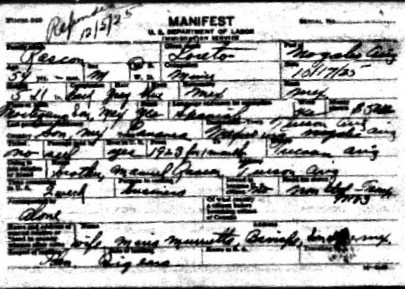
Those of Loreto’s and Maria’s children who moved to the US included Carolina, Olivia, Aurelia (1892-1987), Francisco and my grandfather Donato. Carolina, Francisco and Donato lived in Superior, Arizona in the mid-20’s and 30’s. Aurelia may have lived in Tucson for a while and Olivia lived in the San Diego area. I am not certain of this but I believe that Raul, Crisantos, David, and Isabel all remained in Sonora. The census for 1930 below notes that there were two more children in the family, Rafael and Maria.
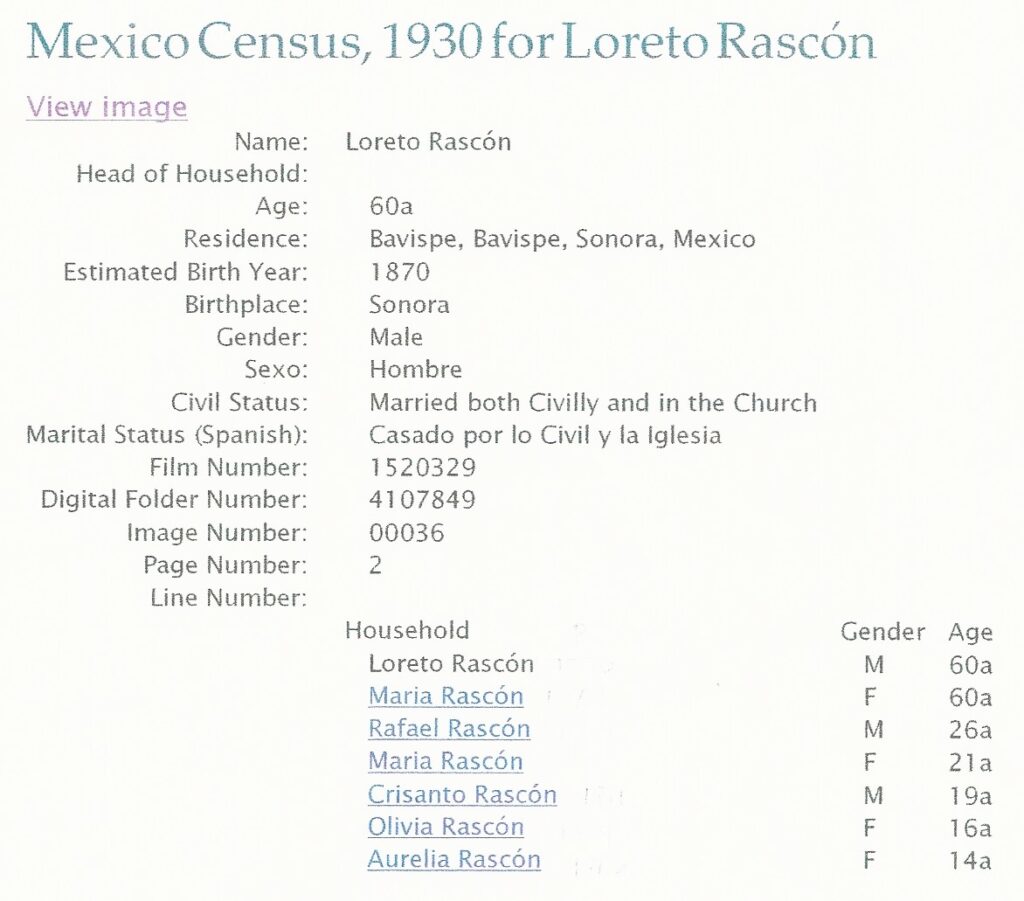
I only know a little bit about about my grandfather’s siblings, and only met one of them, Francisco.
Here is what I’ve been able to learn to date:
Aurelia Rascón (born on September 29, 1892, died Nov. 1987). Resided in Tucson Az. at the time of her death. She was one of the two of the Rascón sisters my own sister Irene remembers meeting as a child, and she probably lived with or near my great aunt Olivia at one point somewhere near the California-Mexico border region. My sister remembers them to be “big-boned” ladies. I also remember going with my mom to a house on Grande Avenue in the Menlo Park neighborhood once, to visit one of my mom’s cousins who was in town visiting from Chula Vista. I believe she was my mother’s tia Olivia’s daughter and that she was visiting Aurelia.
Raul Rascón (c.1893-?). Crossed the US Mexico border at Douglas, Az. on November 25, 1922, and was accompanied by his brother David. One of the most intriguing stories I’ve heard about this branch of my family is about Raul. According to one of my cousins from Mexico, Raul was close friends with the mayor of San Miguel de Bavispe, Pablo Machichi, who had been a Carranzista in the Revolution and who later sided with the Cristeros. Machichi led a rebellion against the Mexican government in the late 20’s, and my great uncle Raul was killed either by other Machichi loyalists or by the federales for having revealed Machichi’s whereabouts. Machichi hid in the sierra and led a battle at a place called Huachinera. Here’s a corrido written about him. It gives a lot of detail about who he was and what he fought for.
Francisco Murrieta Rascón: Born on August 6, 1898. Died December 1985. I remember my mom’s uncle Francisco very well. He was very tall. He used to visit our house quite often, and when he was in town he would usually stay at the Santa Rita Hotel. He worked in Superior, Az. as a miner for many years, and was married to a woman named Maria Celida Federico (1905-1951), who died of breast cancer at the age of 46. He lived for many years in a convalescent home in Florence. He was a very tall, but gentle man. I liked him.
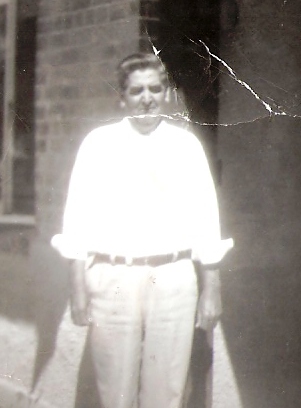
Isabel Rascón Gamez
I know very little about my great aunt Isabel (seated with one of her sons between her husband and other children), except that she was married to Manuel Maria Gamez and that they had at least six children. The writing on the back of the photo on the left indicates that it was taken in Tarachi and signed on April 12, 1937. Other information I have gathered indicates that Manuel Maria Gamez, Isabel’s husband, was born c.1895 in Tarachi, that he crossed the US Mexico border at least twice (on 2/15/24 and 2/23/26) and that had a brother named Alfonso Gamez. I have also found a death certificate for Manuel Gamez Jr, (probably the boy standing on the right). It states that he was born in Tarachi Sonora, on May 39, 1923 and that he died on January 3, 2004 in Esperanza, Sonora.
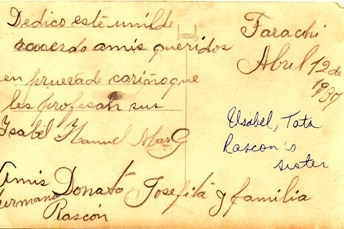
David Rascón (c. 1899-?) He crossed the US Mexican border several times: November 25, 1922 (at this point his residence is listed as Huachinera, Sonora, Mexico), November 5 and 6, 1923. He was married to Onofre Murrieta Bermudez. The postcard below was written to his brother David by my grandfather Donato. The picture on the other side is of my mother and her brother during their First Holy Communion (see below).
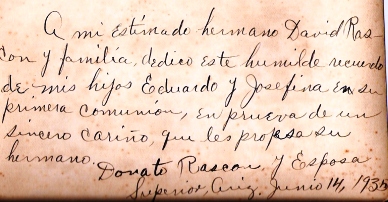
Carolina Rascon Moreno
I also know that my mother’s tia Carolina (b. 4/15/1902) was medium complected and had brown hair and brown eyes, and a small mole on her right cheek. She married a man from Bavispe, Sonora named Francisco Moreno and they lived in Superior Az at the same time my grandparents were there. My mom often spoke very fondly of her cousins, the Moreno children: Frank, Ricardo, Ismael (Miley), Teresa (Teddie) and Carolina. Their mother Carolina crossed the border several times, including on the following dates: 01/10/1946, 9/30/1947, 12/03/1950 and 08/06/1951.
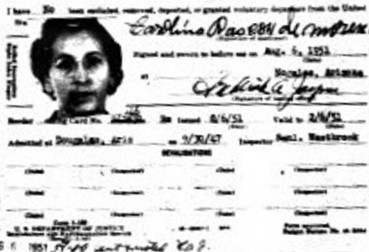
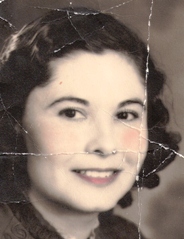
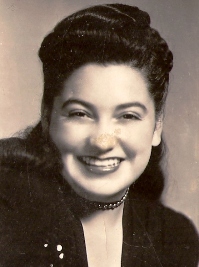
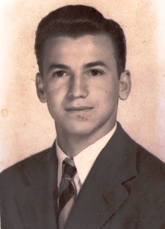
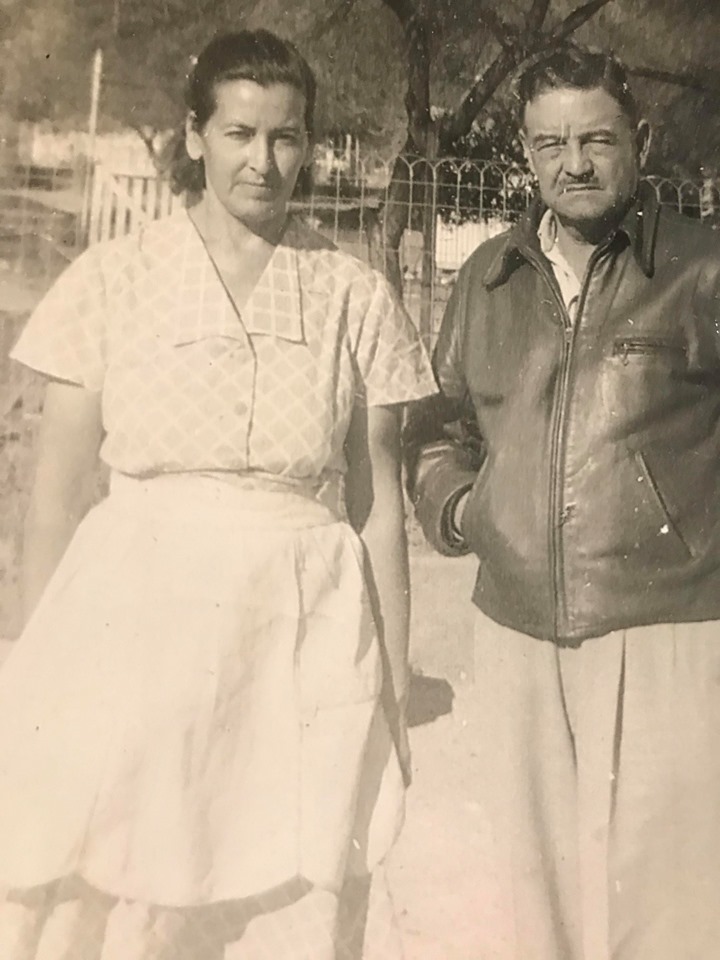
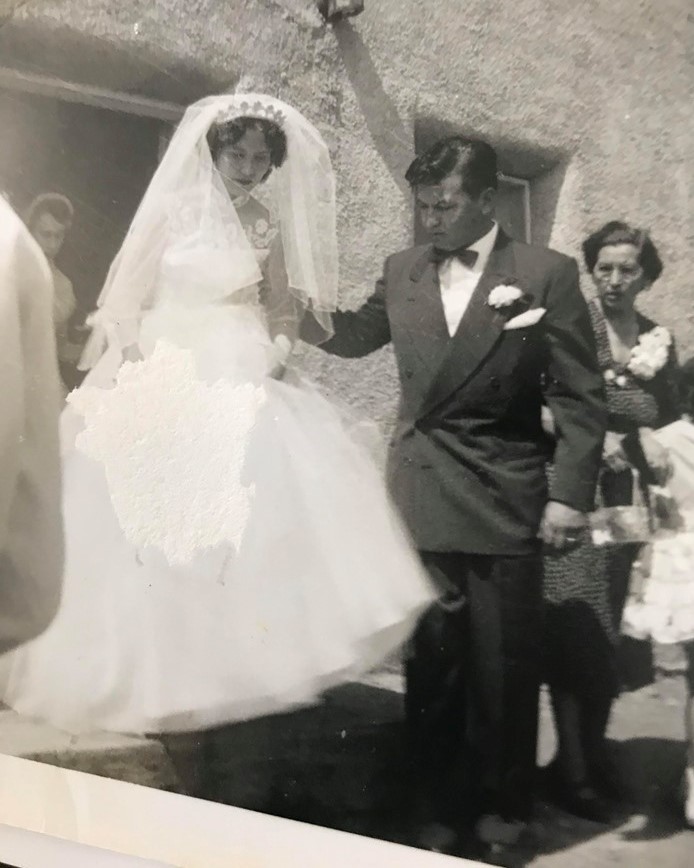
Crisanto Rascón Born in Tarachi in 1906. Crossed the US Mexico border on July 1, 1935. His departure contact was his father Loreto Rascón. His residence is listed as San Miguelito, Sonora Mexico.
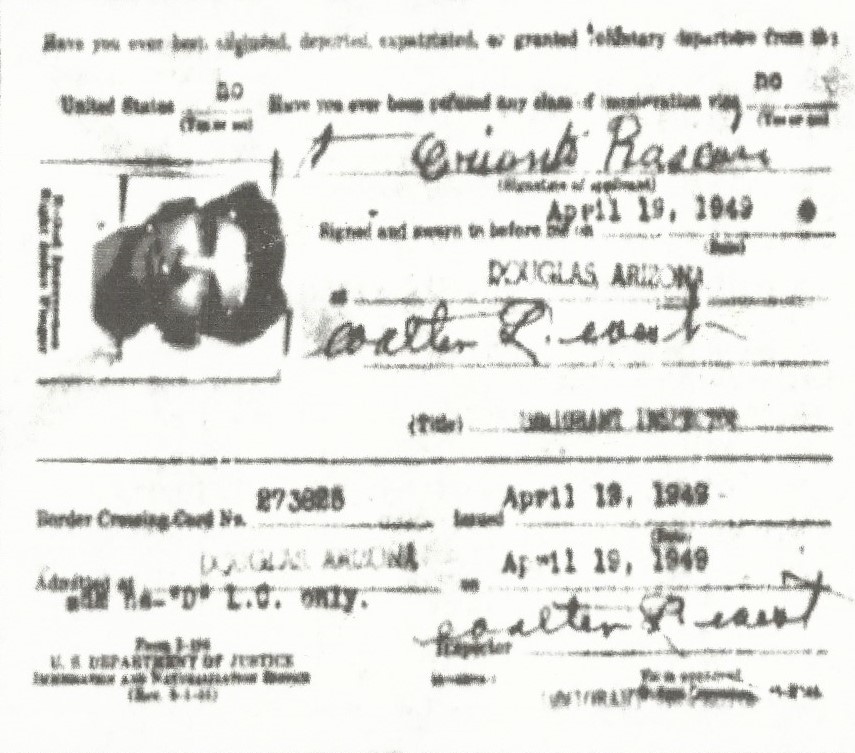
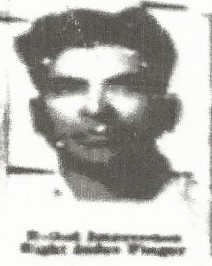
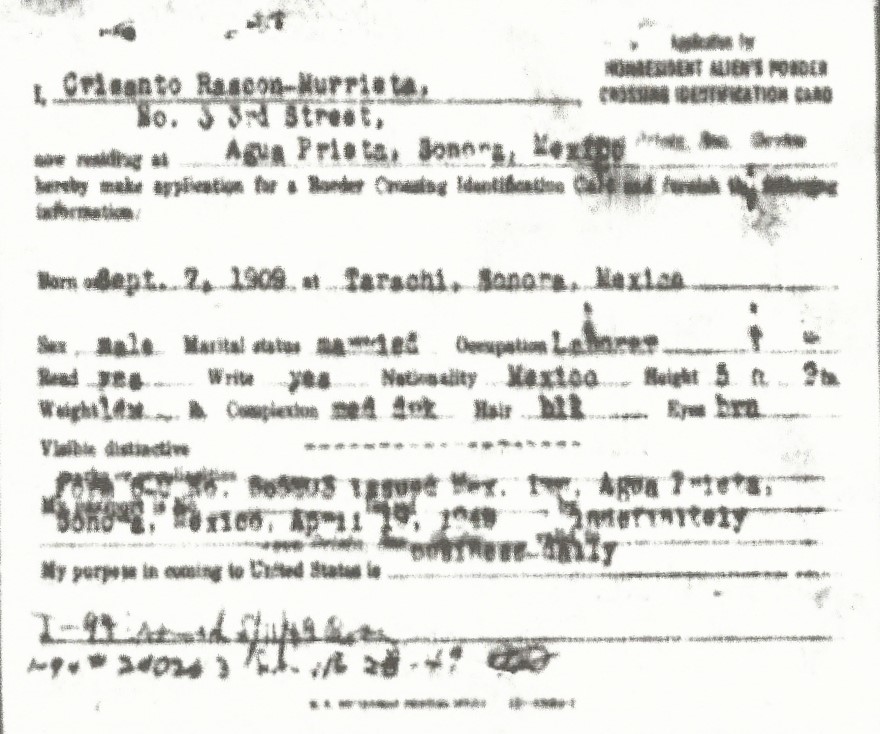
Olivia Rascón (c.1907-?) She married a man named Luis Flores. She also had a son named Luis. She crossed the US Mexico border at least twice, (7/1/1928 and 11/28/1949). She moved to California and settled there. When I was a kid, one of her daughters came to visit Tucson, and she came to our house. I remember she had a little girl with her and that she and I became friends. She taught me some Spanish and it was the first time I felt I could communicate with someone in that language.
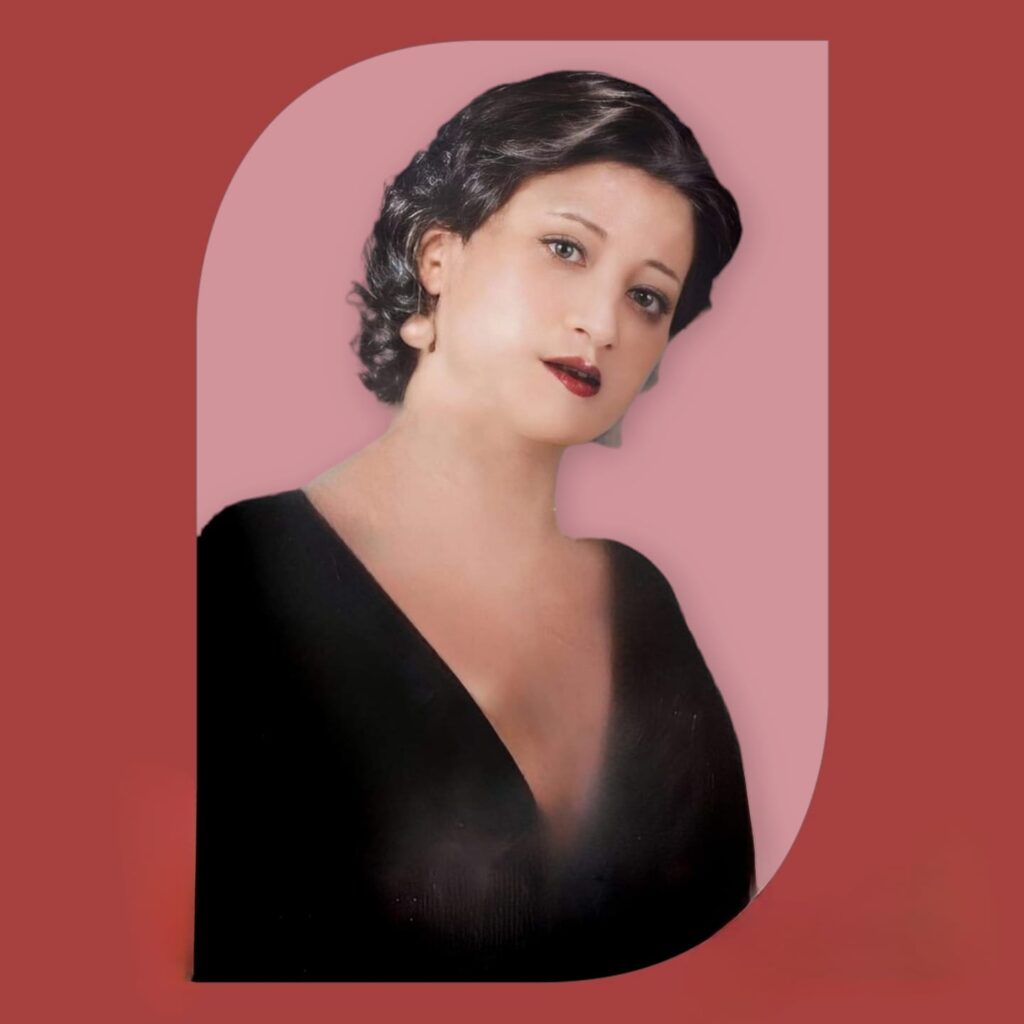
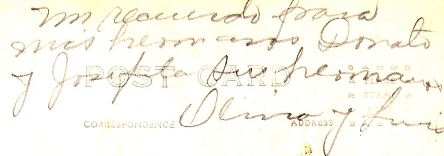
My grandfather met my grandmother Josefa Ortega, while working in the Arivaca region of southern Arizona at the “Bluebird Mine”. They were married in Tucson, Arizona on July 9, 1923.
It’s been recorded that in 1925, they were living at 830 S. 10th, Ave. in Tucson, probably with Josefa’s brother Chano or her mother, Carmen. Shortly thereafter, they moved to Superior, Az, where he worked for the Magma Copper Company.
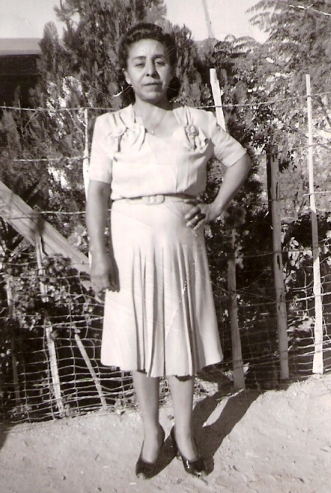
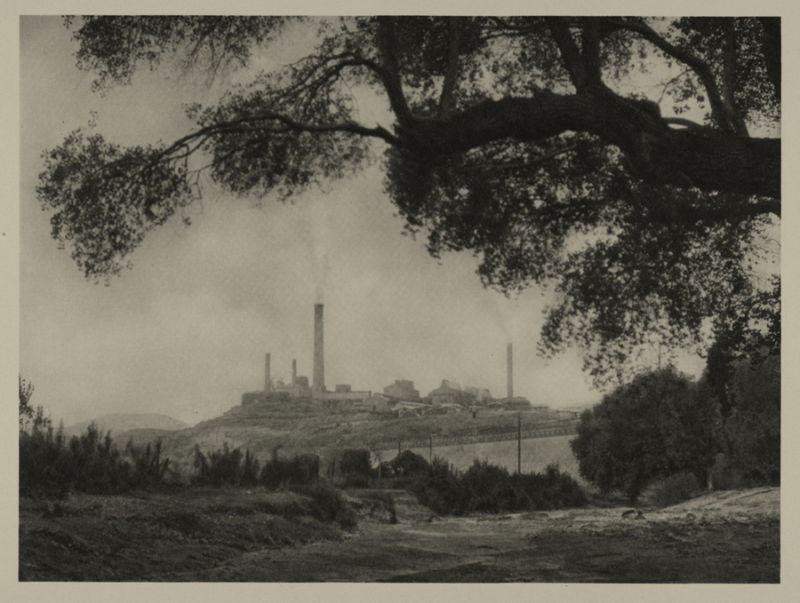
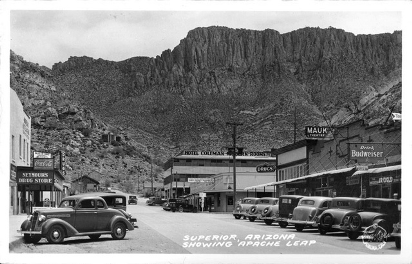
They had five children: My mother Josephine, Eduardo, Dora, Donato Jr. and Mary. My mom, the oldest of my grandparent’s children, adored her father. She would often talk about him, sharing her memories and stories with us. She would always be sure to say that he would often buy her new clothes, making her the happiest girl in Superior. She also remembered those times when she would have to go get my grandfather and bring him home from the local watering hole, a place that miners often went after work and in their spare time. While he spent most of his working years in Superior, according to the 1930 US census, my grandfather and his brother Francisco worked at the Montana Camp, a gold mine near Ruby Arizona. The original census document notes that my grandfather was a foreman in the mine and his brother Francisco a laborer.
Also, my uncle Donato was born in Silverbell, Az, just northwest of Tucson, so the family must have moved around some. By 1932, the family was back in Superior, as my Aunt Mary was born there on December 18, 1932.
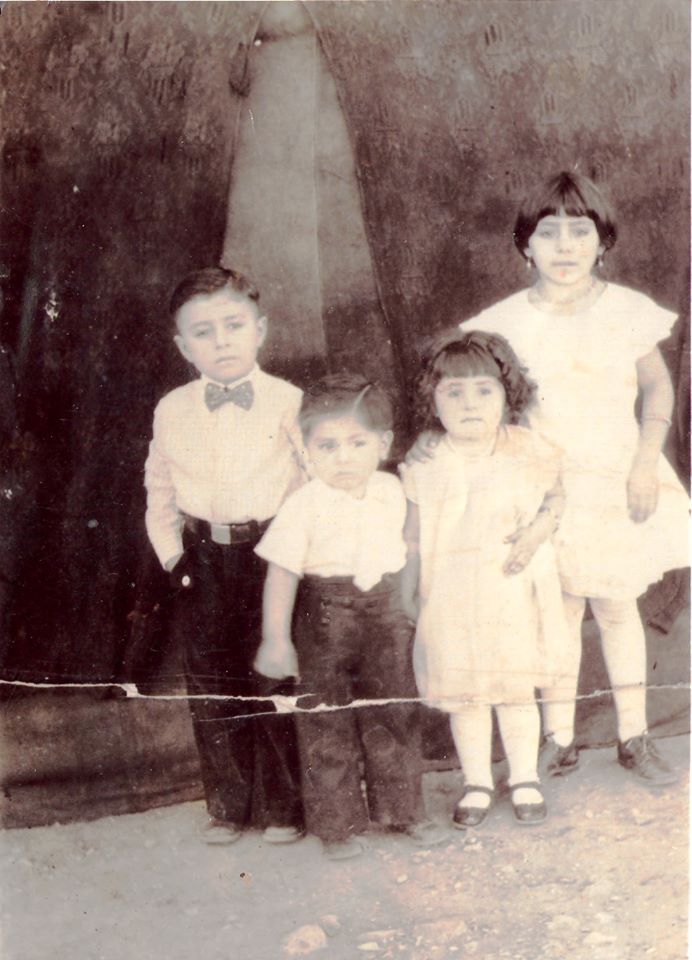
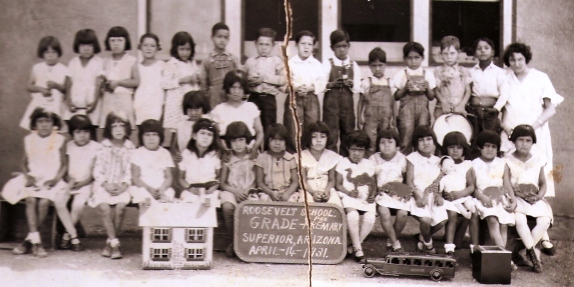
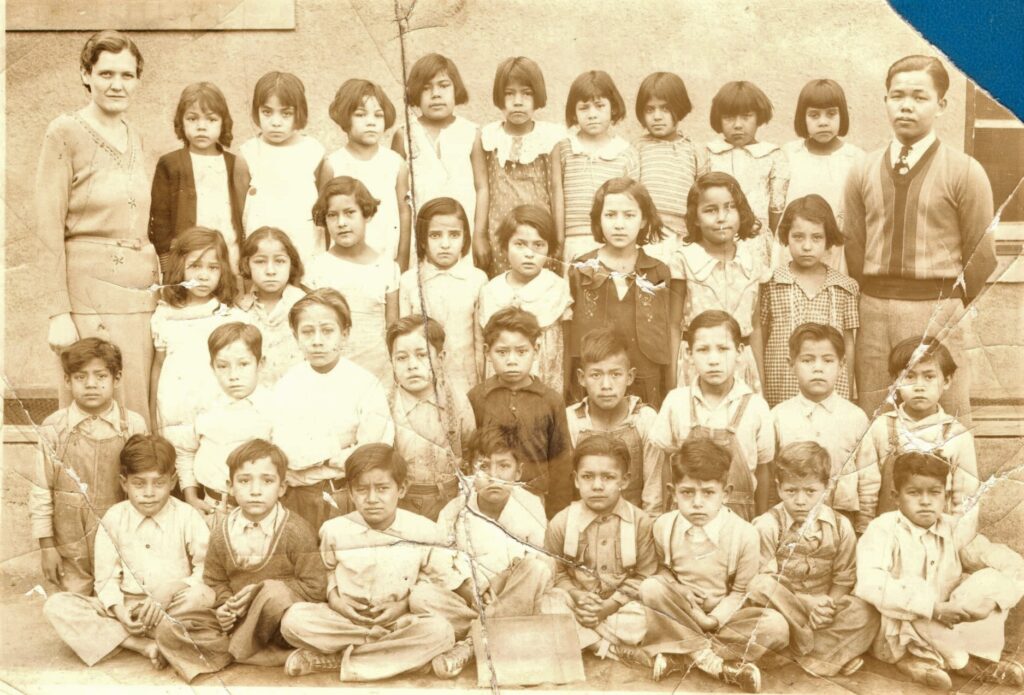
In 1936, my grandfather became ill with pnuemonia and was bed ridden for about a year. His wife Josefa and sister Carolina took turns taking care of him. There is a story that my father tells about my grandfather that is very interesting, as it took place in 1937, well before my mom and dad had met. According to the story, my grandfather and his family were living in the back room of a restaurant that had a jukebox. One day, my dad, who was about 17 at the time, went in and took out some change to play the song “Zenaida”. He was quickly admonished by others not to play the music because there was a man in the back room dying, and he shouldn’t be disturbed. That man was my grandfather Donato, and the story goes that he said to tell my dad to go ahead and play the music. He wanted to hear it too, even as he was dying. He passed away on December 12, 1937 at the age of 41, and is buried in Superior, Az.. He left behind his wife, Josefa, and their five children, Josefina (my mother), Eduardo, Dora, Donato Jr., and Maria.
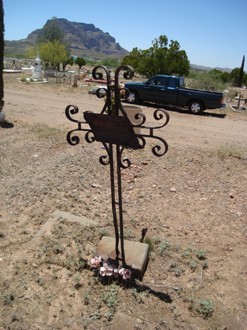
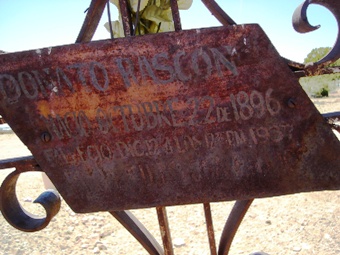
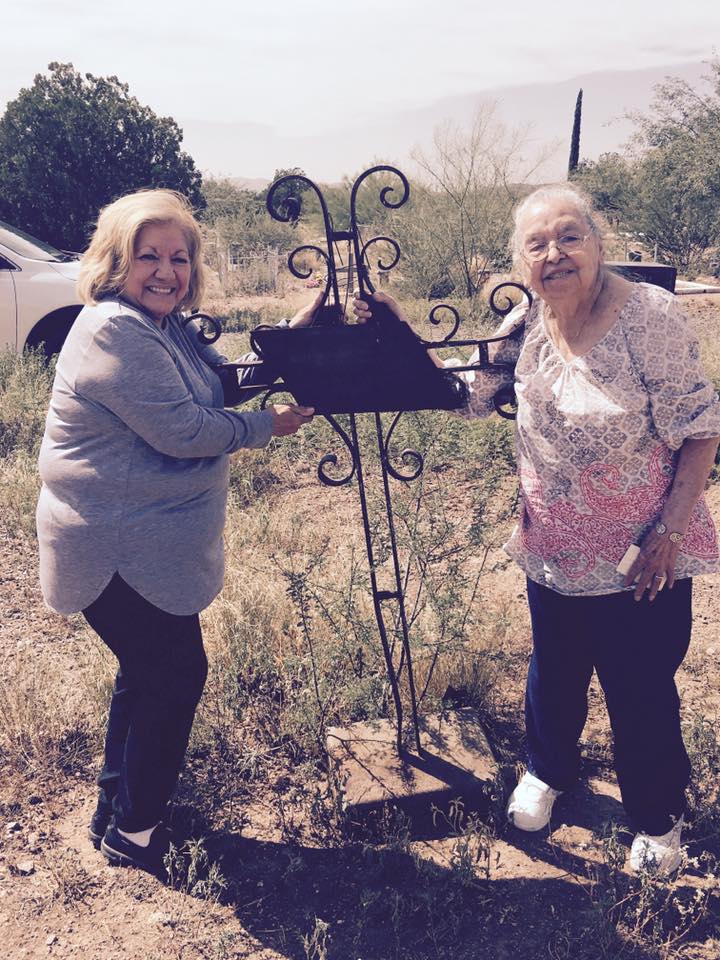
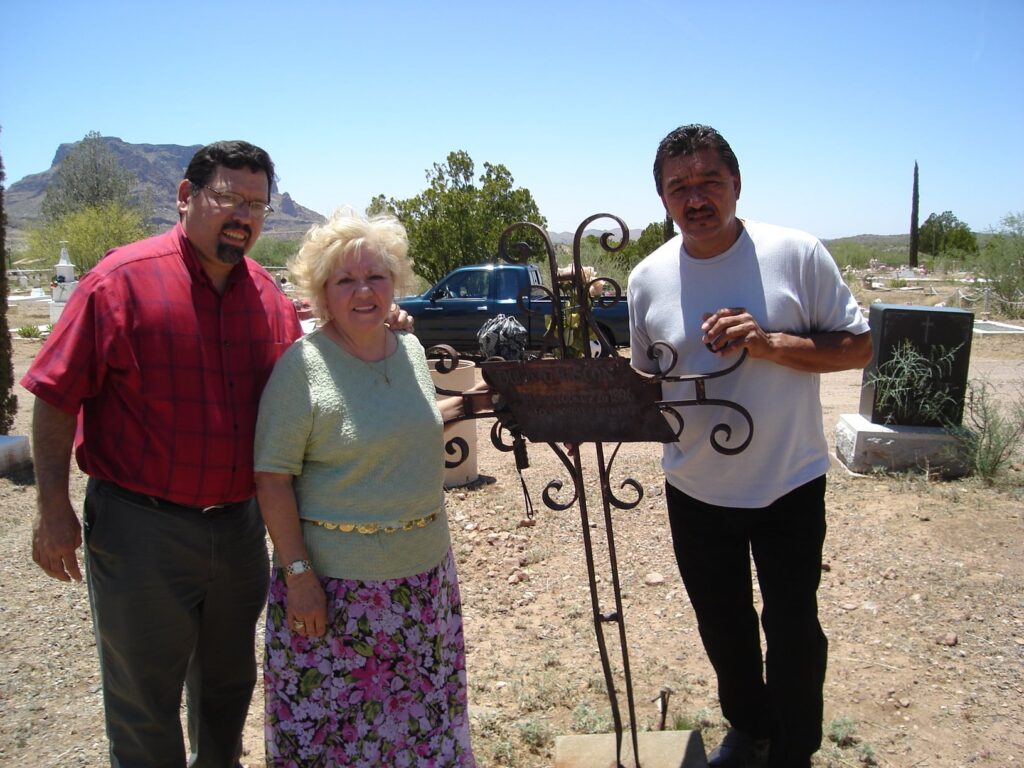
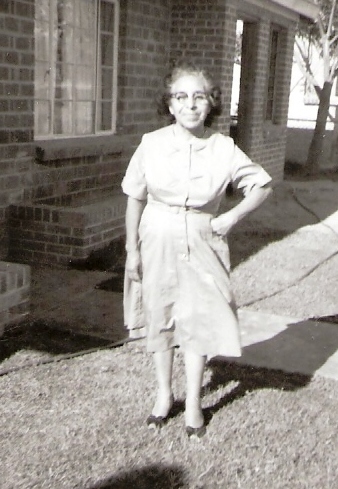
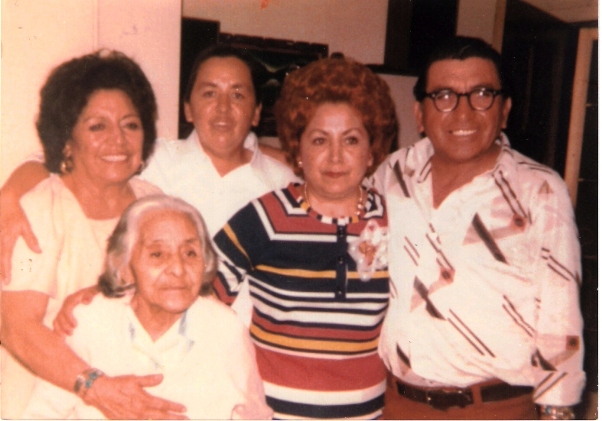
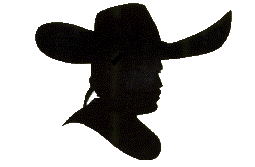
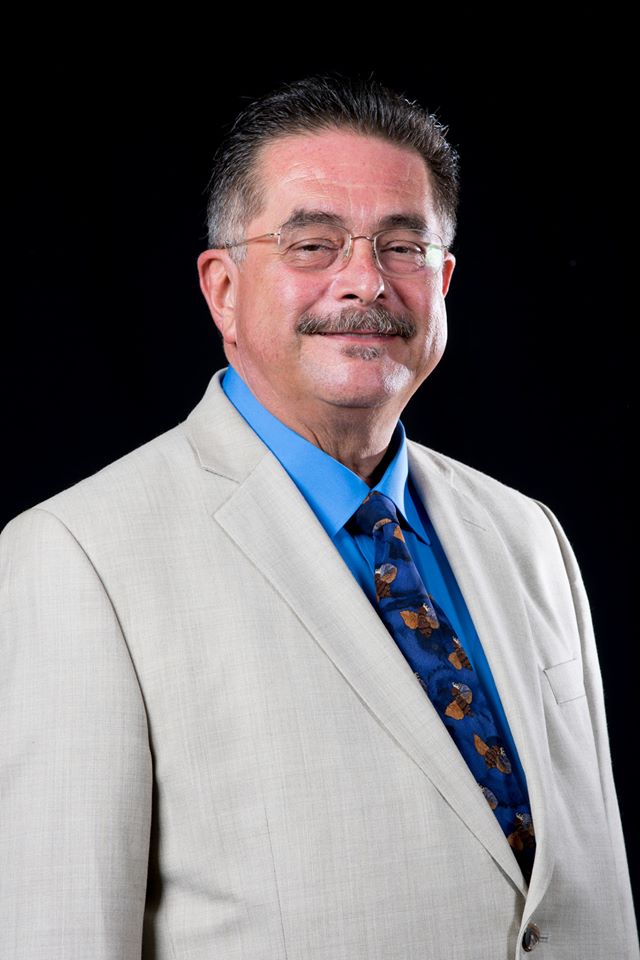
Today the Pima County Board of Supervisors named the Mission Branch of the Pima County Public Library after my best friend Richard Elias. Richard had been a member of the Board since 2002, and over the years, he remained a very strong supporter of libraries. He passed away suddenly on March 28 of this year. From this day forward, the Mission branch will be known as the Richard Elias Mission Library.
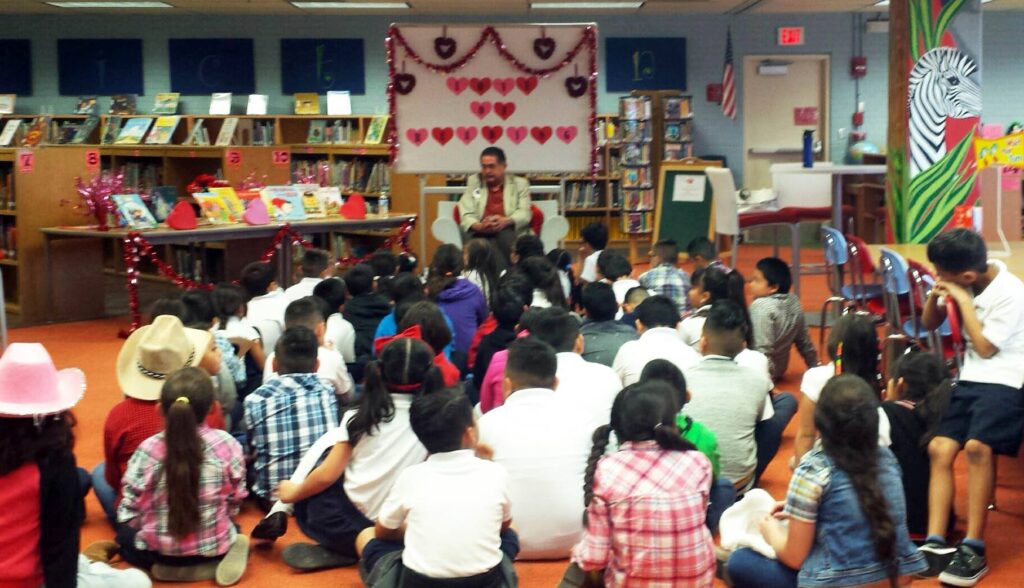
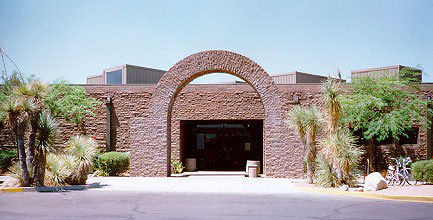
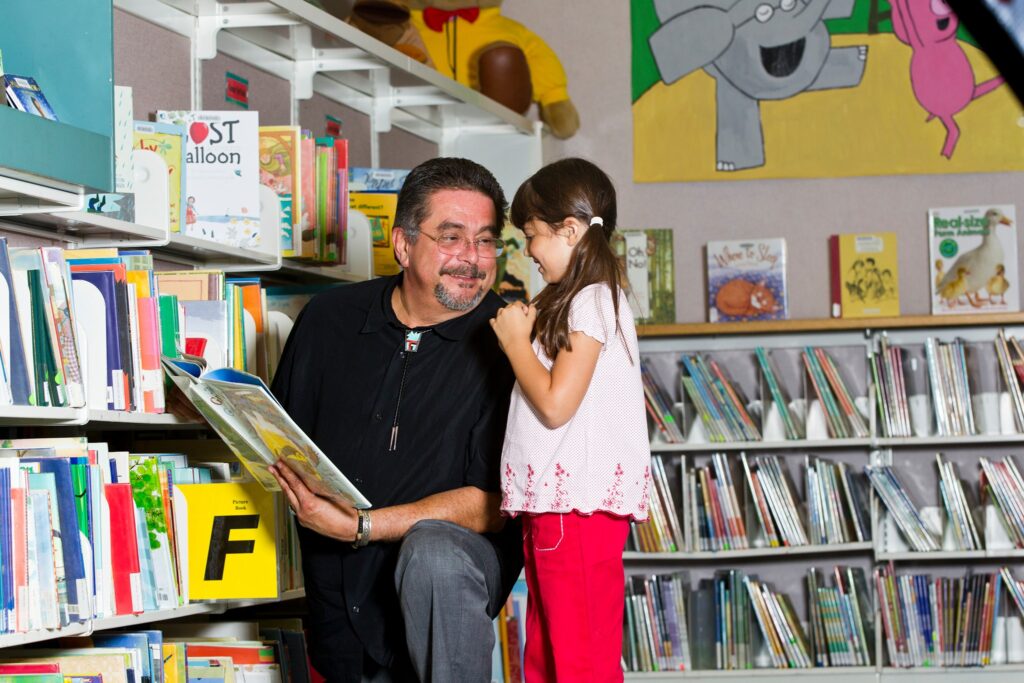
A proclamation was drawn up in his honor and read by Supervisor Ramon Valadez, current chair of the Board.
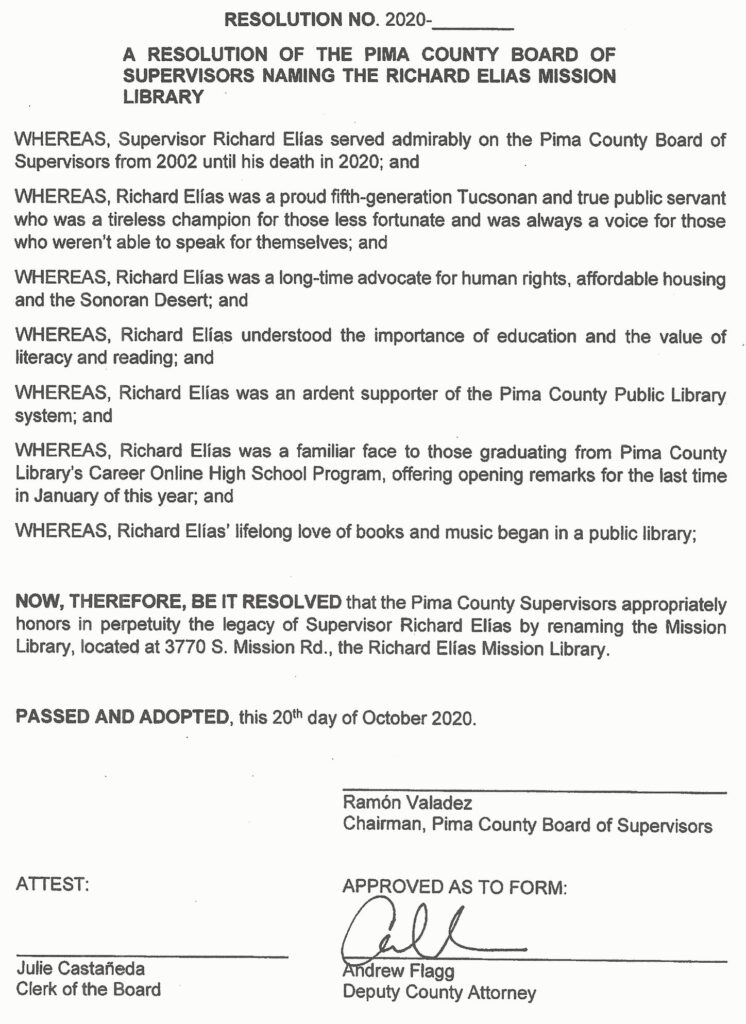
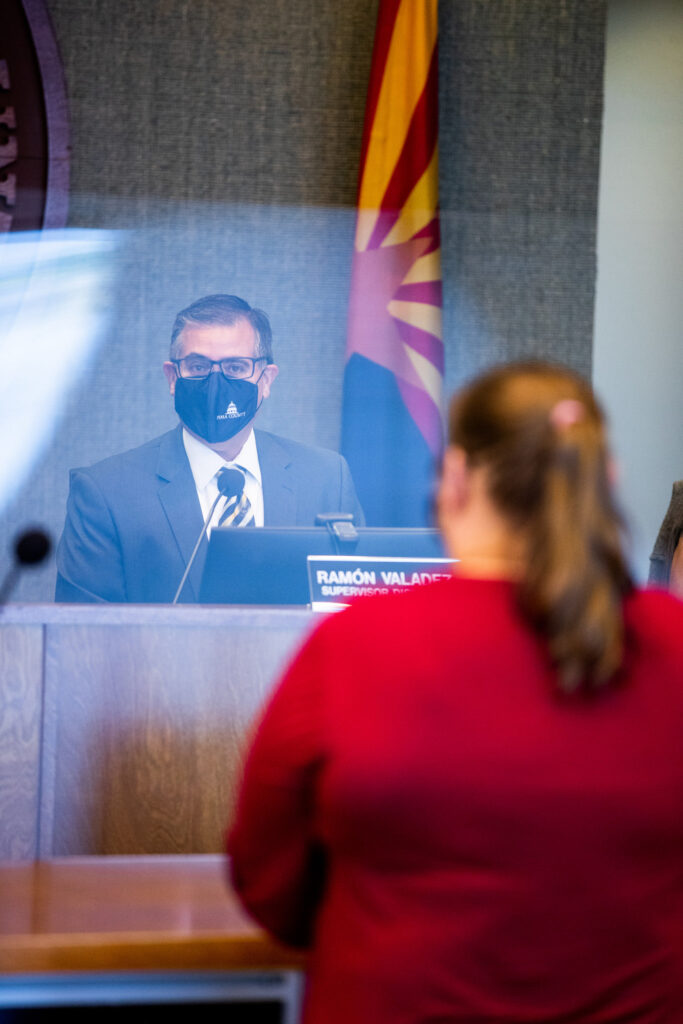
County Administrator Chuck Huckleberry wrote the following memorandum about the renaming:
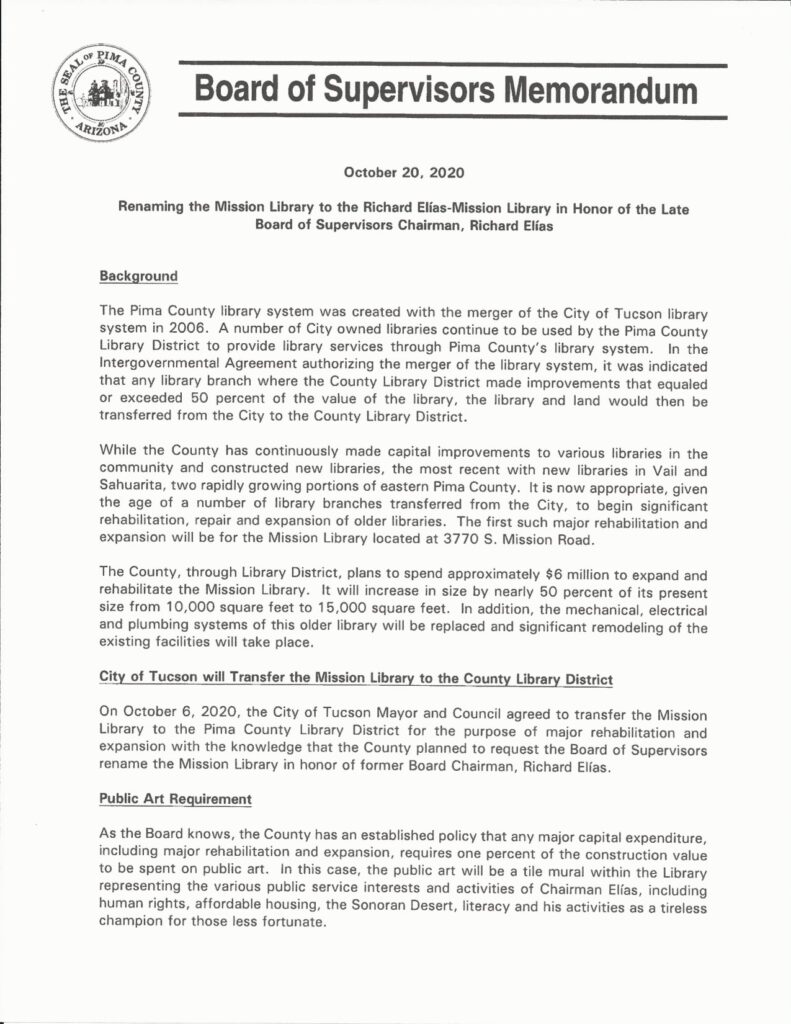
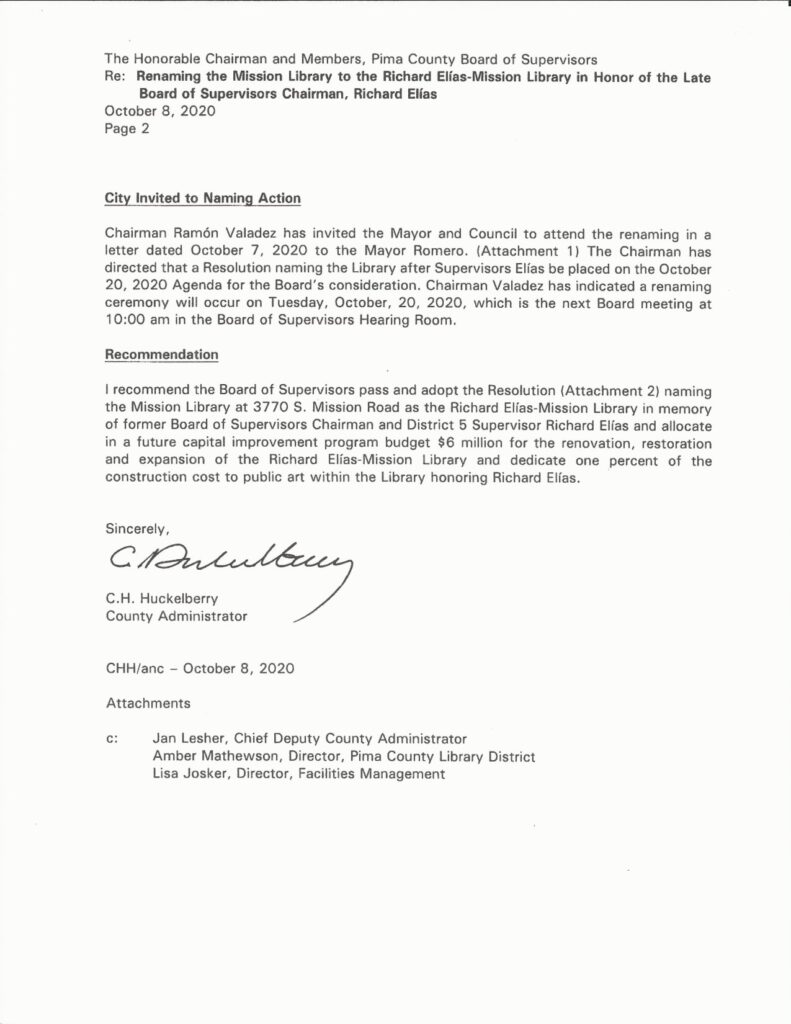
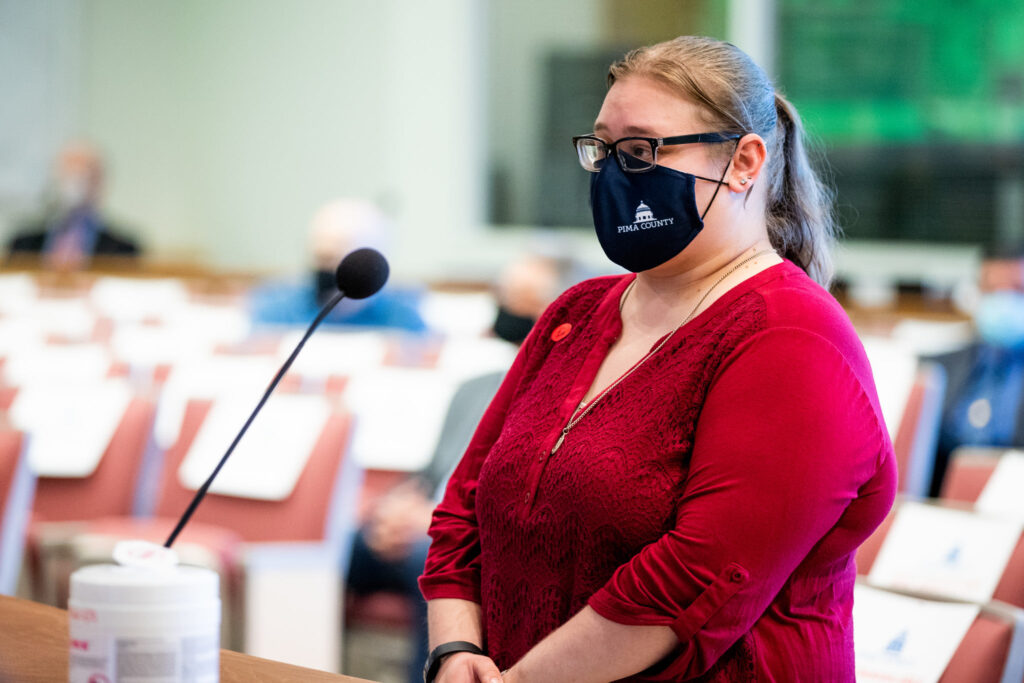
Richard’s daughter Luz spoke, as did Mayor Regina Romero, who read the proclamation that U.S. Congressman Raul Grijalva wrote and read before the U.S. Congress shortly after Richard died.
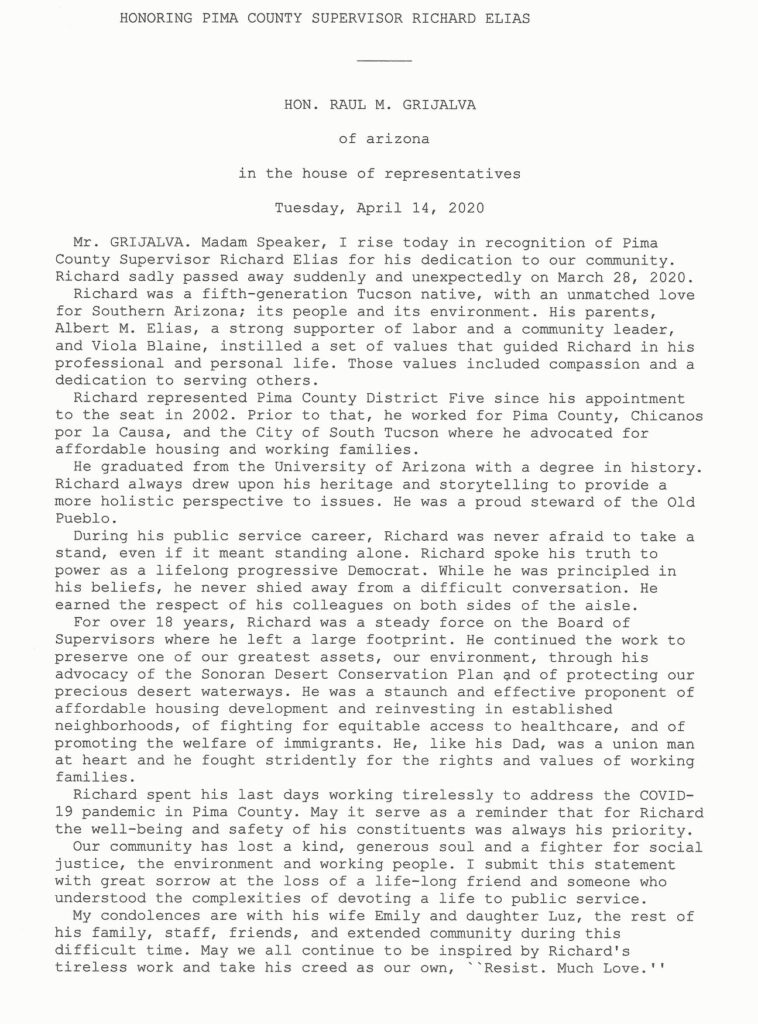
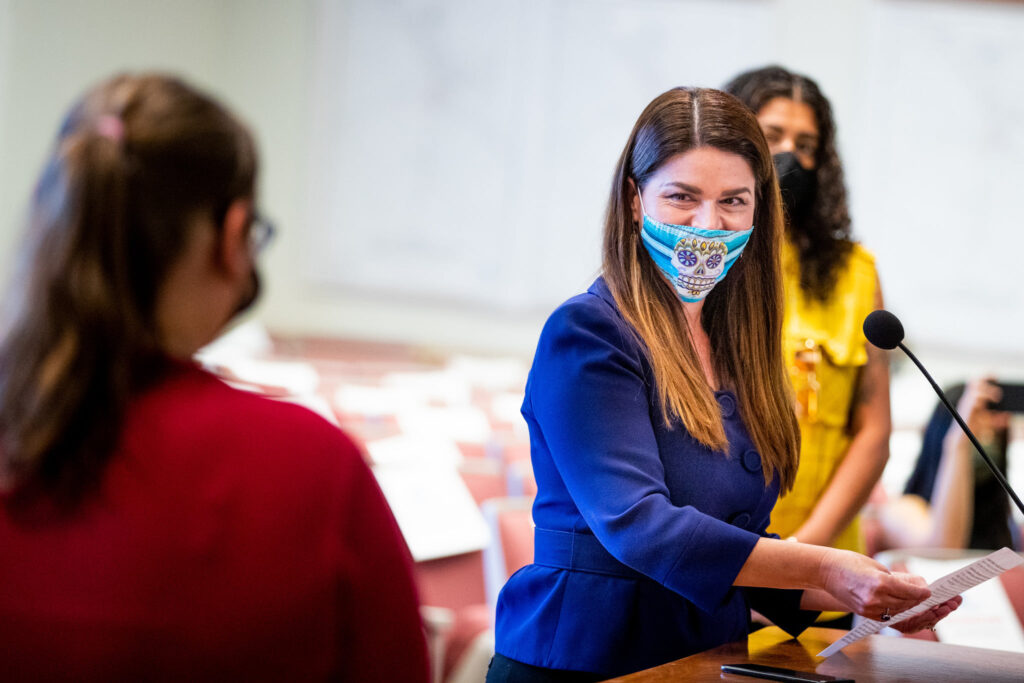
Also on hand were Richard’s assistant Keith Bagwell, Tucson City Council members Lane Santa Cruz and Richard Fimbres, Richard’s brother Albert, TUSD Board Member Adelita Grijalva, and Arizona House member Andres Cano, among others.
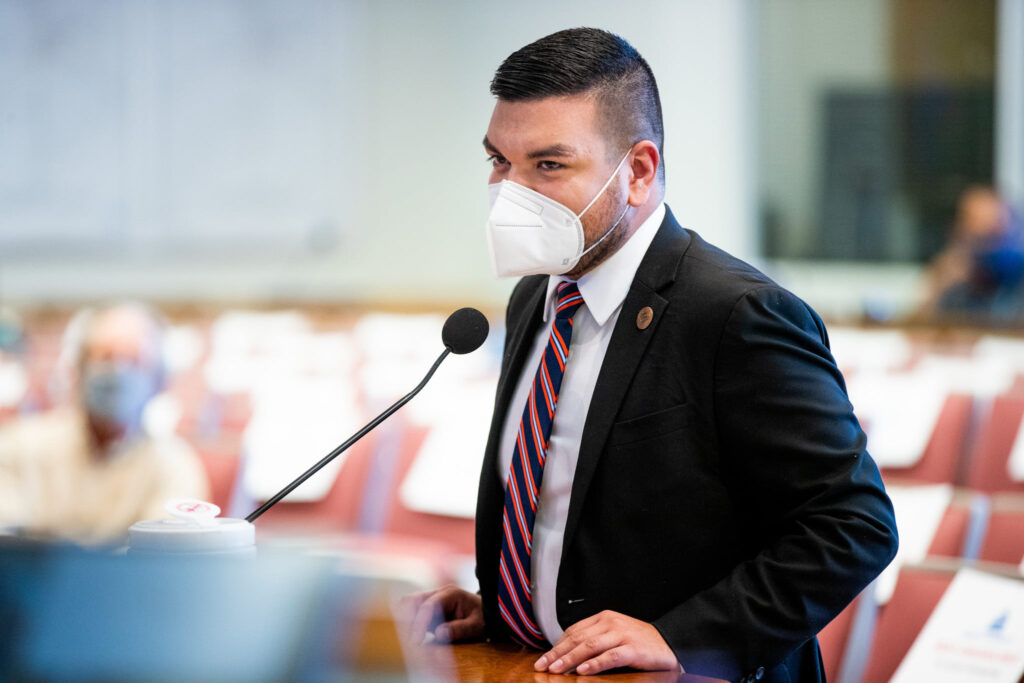
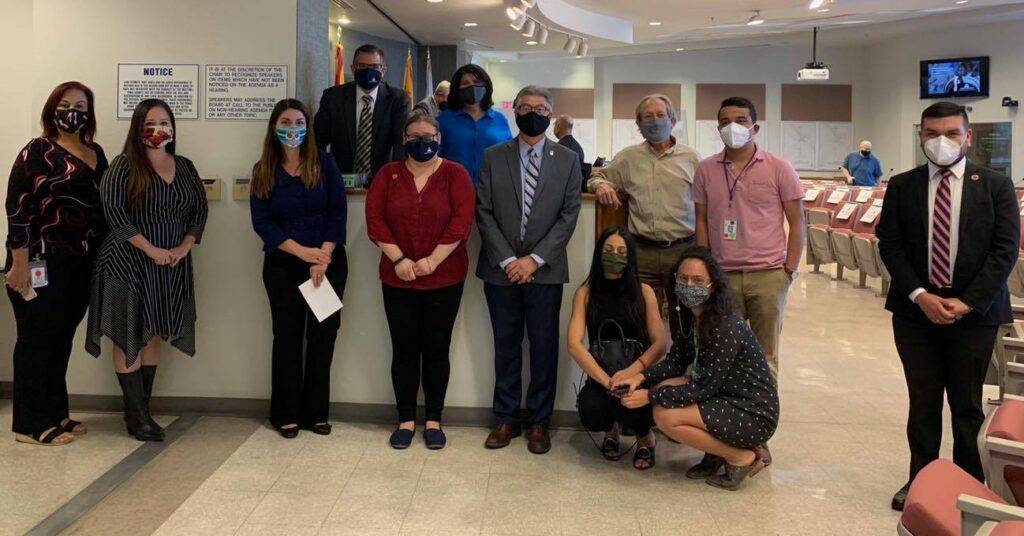
Supervisor Betty Villegas also read a statement on my behalf that I submitted to her beforehand. I was very honored to be included in this ceremonious occasion. I know Richard would’ve been quite thrilled that a library was named after him.
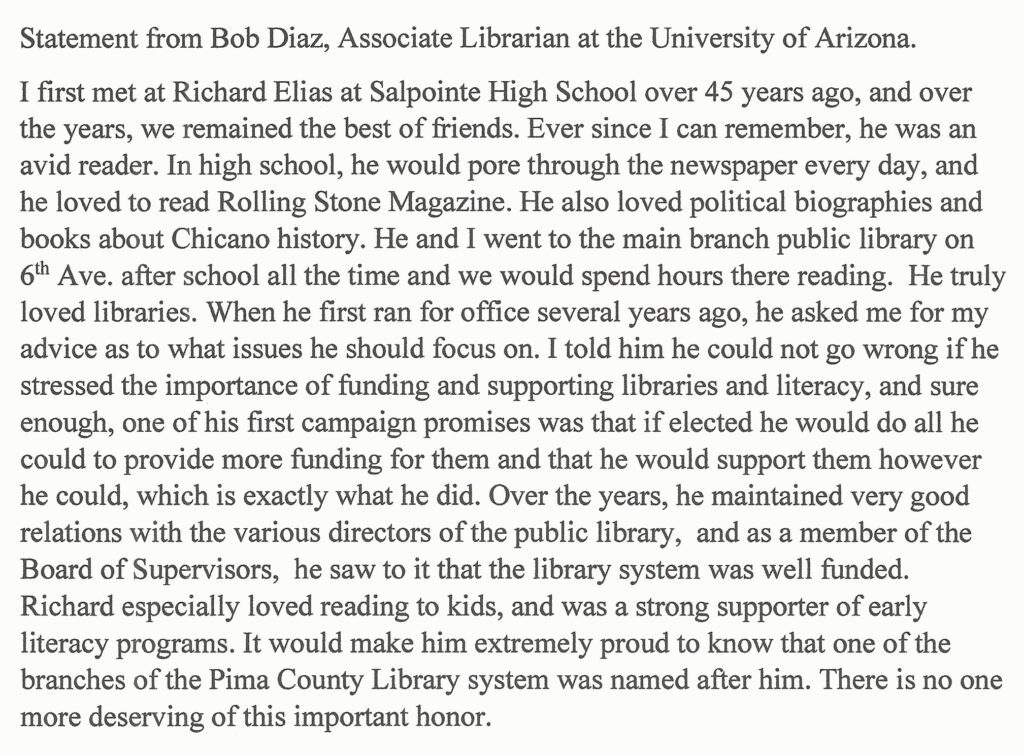
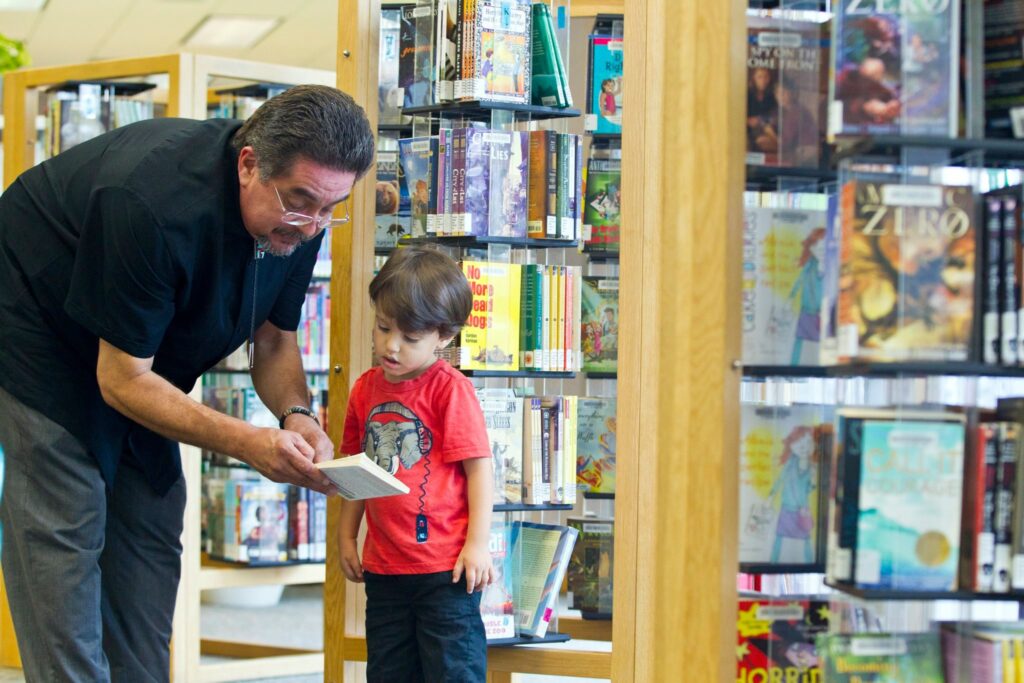
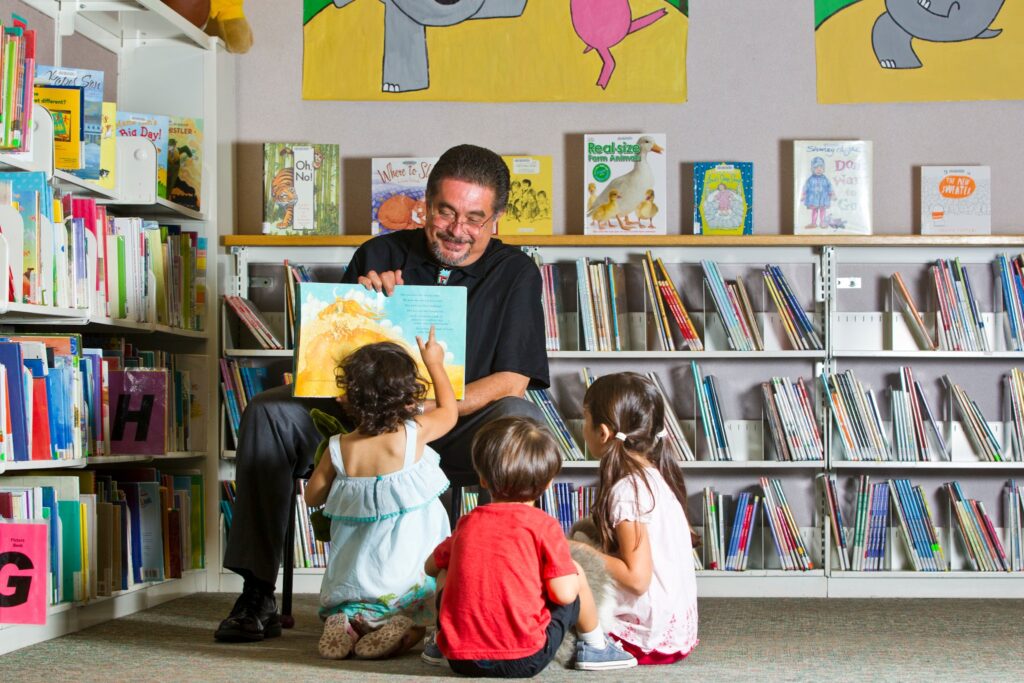
As Richard would always say, “Resist, much love…
